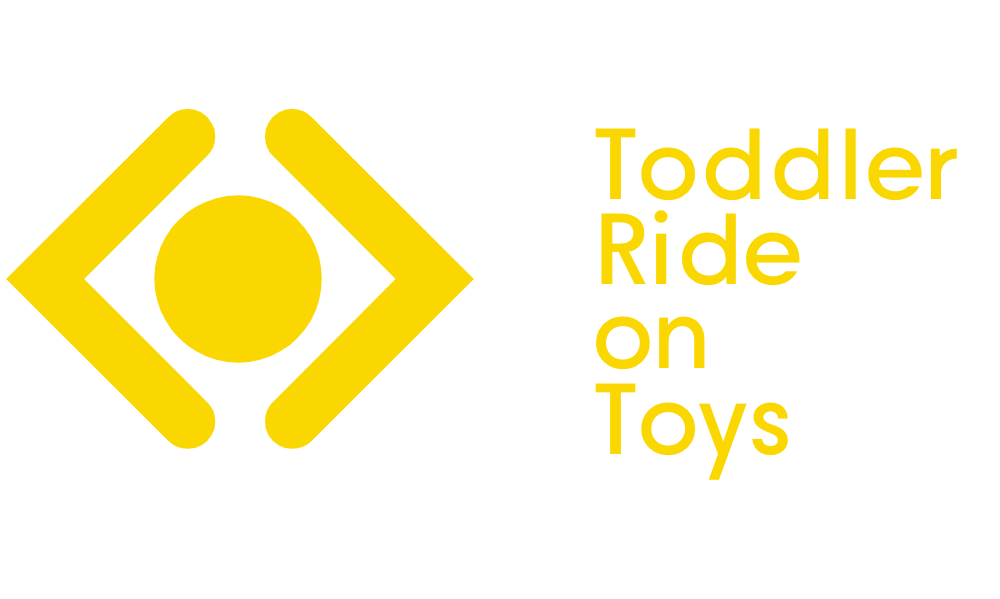Montessori Toys
How to Organize Toys by Montessori
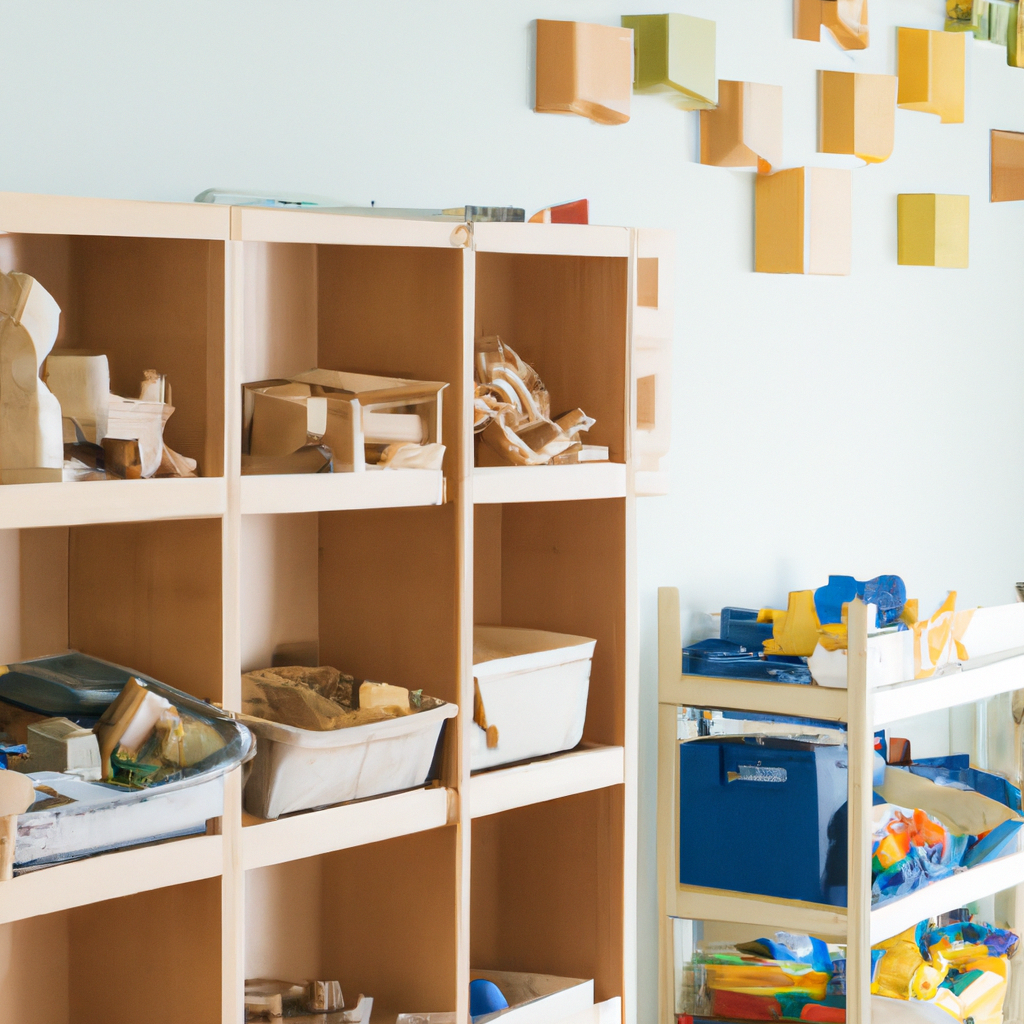
As a parent, I’ve faced the difficulties of keeping a clean and organized play area for my kids. This is why I decided to implement the Montessori approach, which encourages independence and order in a child’s environment.
In this article, I’ll share with you my personal journey and the practical strategies I’ve learned for organizing toys the Montessori way. From choosing the right toys to creating a prepared environment, implementing rotations, and teaching children to clean up, we’ll explore how to create a harmonious space that fosters learning and play.
So let’s dive in and discover the secrets to a clutter-free and engaging toy organization system!
Key Takeaways
- Montessori toy organization promotes independence, responsibility, problem-solving skills, creativity, sensory exploration, decision-making skills, independent thinking, and a calm play environment.
- When choosing toys for a Montessori-inspired space, consider fostering independence, open-ended play, age and developmental stage appropriateness, problem-solving and decision-making requirements, and the use of natural materials to provide a sensory experience and promote curiosity and learning.
- Creating a prepared environment for toy organization involves considering age and developmental stage appropriateness, keeping toys accessible in low, open shelves or bins, limiting toy selection to prevent overwhelm and clutter, encouraging independence in choosing and putting away toys, and offering open-ended toys that spark creativity and imagination.
- Implementing rotations in a Montessori toy system involves categorizing toys based on developmental stages, providing a variety of open-ended options, preventing toy overload and maintaining a clutter-free environment, fostering creativity and imagination through exposure to different toys, and promoting independence and problem-solving skills.
- When setting up Montessori toy shelves and storage, it is important to create an organized and accessible space, utilize the benefits of toy rotation to offer variety without overwhelm, use clear bins and labels for easy identification and access, incorporate low shelves at eye level for independence, and ensure functionality and aesthetics in the storage system.
The Montessori Approach to Toy Organization
The Montessori approach to toy organization emphasizes independence and simplicity. In a Montessori-inspired space, toy storage is designed to empower children to take charge of their own belongings. Each toy has a designated place and is easily accessible to the child.
This organization system not only helps in keeping the space tidy but also promotes a sense of responsibility and ownership. The benefits of Montessori toy organization go beyond just cleanliness. It encourages children to develop problem-solving skills as they learn to categorize and sort their toys. It also fosters creativity and imagination, as children can easily see and access their toys, allowing them to choose what sparks their interest in the moment.
By implementing a Montessori-inspired toy organization system, children are given the freedom to explore and engage with their toys in a meaningful way.
Now, let’s explore how to choose the right toys for a Montessori-inspired space.
Choosing the Right Toys for a Montessori-Inspired Space
When creating a Montessori-inspired space, you should consider selecting toys that foster independence and encourage open-ended play. It’s important to choose materials that are appropriate for your child’s age and developmental stage.
As a parent, I have found that providing my child with toys that require problem-solving and decision-making skills helps promote independent play. Toys like building blocks, puzzles, and art supplies allow my child to explore and create at their own pace.
I also look for toys that are made from natural materials, such as wood or cloth, as they provide a sensory experience and are more environmentally friendly. By choosing toys that promote independent play and are made from appropriate materials, I am creating an environment that supports my child’s natural curiosity and desire to learn.
This sets the stage for creating a prepared environment for toy organization, where everything has a place and is easily accessible.
Creating a Prepared Environment for Toy Organization
Creating a prepared environment for toy organization involves considering the age and developmental stage of your child, as well as providing easy access to materials that foster independence and open-ended play. When organizing toys in a Montessori-inspired space, it is important to create a toy rotation system that allows your child to explore different types of toys at different times.
Here are some key points to consider:
- Sort toys by developmental stage: Group toys based on their complexity and suitability for your child’s age and abilities.
- Keep toys accessible: Arrange toys in low, open shelves or bins that your child can easily reach and put away.
- Limit toy selection: Too many toys can overwhelm your child. Rotate a selection of toys every few weeks to keep their interest and prevent clutter.
- Promote independence: Encourage your child to choose and put away toys independently, fostering a sense of responsibility and autonomy.
- Offer open-ended toys: Select toys that can be used in a variety of ways, sparking creativity and imagination.
Implementing Rotations in a Montessori Toy System
To implement rotations in your toy system, consider categorizing toys based on developmental stages and offering a variety of open-ended options. This allows children to engage with toys that are appropriate for their current stage of development and encourages them to explore and learn at their own pace.
Implementing toy rotations in a Montessori environment offers several benefits. Firstly, it helps to prevent toy overload and keeps the environment clutter-free, promoting a sense of order and calm. Secondly, it fosters creativity and imagination as children are exposed to different toys and materials periodically. Lastly, toy rotations promote independence and problem-solving skills, as children learn to choose and engage with toys on their own.
Setting Up Montessori Toy Shelves and Storage
Setting up shelves and storage in a Montessori environment allows for an organized and accessible space for children to explore and engage with their toys. The key is to create a system that is not only functional but also aesthetically pleasing.
By utilizing toy rotation benefits, we can ensure that children have a variety of options without overwhelming them. I’ve found that using clear bins and labels helps children easily identify and access their toys.
Additionally, incorporating low shelves at their eye level promotes independence and empowers them to choose and return toys on their own.
Teaching Children to Clean Up and Maintain Toy Organization
When teaching children to clean up and maintain their toy organization, it’s important to establish clear expectations and provide them with the necessary tools and resources for success.
I’ve found that teaching organization skills from a young age not only helps keep our home tidy, but also promotes independence and responsibility in my child.
One strategy I’ve found effective is toy rotation. By regularly swapping out toys, it keeps things fresh and prevents overwhelming clutter. My child learns to appreciate and take care of each toy, as they understand that it will be back in rotation later.
Additionally, incorporating Montessori principles into toy sorting and categorization helps foster a sense of order and encourages learning through hands-on exploration.
Incorporating Montessori Principles Into Toy Sorting and Categorization
One way you can foster a sense of order and encourage learning through hands-on exploration is by incorporating the principles of Montessori into how you sort and categorize your child’s toys. By organizing toys in a Montessori-inspired manner, you can create an environment that promotes independence, concentration, and creativity.
Here are four benefits of incorporating Montessori principles into toy organization:
- Encourages self-directed learning: By arranging toys in clearly defined categories, children can easily find and choose their own activities, enabling them to take ownership of their learning journey.
- Promotes order and structure: Montessori toy organization teaches children the importance of tidiness and helps them develop good organizational skills from an early age.
- Enhances sensory exploration: By grouping toys based on their sensory attributes, such as color, texture, or sound, children can engage in sensory exploration and develop their senses.
- Fosters decision-making skills: Sorting and categorizing toys allows children to make choices and learn how to make decisions independently.
With these benefits in mind, let’s explore some tips for sustaining a Montessori toy organization system without feeling overwhelmed.
Tips for Sustaining a Montessori Toy Organization System
To sustain a Montessori toy organization system without feeling overwhelmed, it’s important to regularly declutter and reassess the toys your child has. Maintaining orderliness is key in creating a calm and focused environment for your child’s play.
Take the time to observe which toys are being used frequently and which ones are being neglected. This allows you to foster independence by providing materials that truly engage and challenge your child.
Encourage your child to take responsibility for their toys by involving them in the organization process. Teach them how to put toys back in their designated places and emphasize the importance of tidiness.
Frequently Asked Questions
What Are the Benefits of Using the Montessori Approach to Toy Organization?
Using the Montessori approach to toy organization has numerous benefits. It allows children to develop important skills such as independence, concentration, and order. By creating a carefully curated environment, toys are organized in a way that promotes exploration and learning.
This approach encourages children to engage in purposeful play and fosters their natural curiosity. It also helps children develop a sense of responsibility as they learn to care for and put away their toys.
Overall, the Montessori approach to toy organization enhances a child’s development and promotes a sense of calm and order in their play space.
How Can I Involve My Child in the Process of Choosing the Right Toys for a Montessori-Inspired Space?
When it comes to involving my child in choosing toys for a Montessori-inspired space, I find it to be a joyful and enlightening experience. By actively engaging my child in the process, I am fostering their independence, decision-making skills, and sense of ownership over their environment.
It’s amazing to witness the sense of pride and excitement they exude when they have a say in selecting toys that align with their interests and developmental needs. It truly enhances their overall Montessori experience.
What Are Some Practical Tips for Creating a Prepared Environment for Toy Organization in a Small Space?
Creating toy zones and maximizing vertical space are key aspects of organizing toys in a small space.
I’ve found that by designating specific areas for different types of toys, it helps my child understand where everything belongs.
Using shelves or hanging organizers can help utilize vertical space and keep the floor clear.
It’s important to observe your child’s interests and preferences when setting up the toy organization system, as it should be tailored to their individual needs.
How Often Should I Rotate Toys in a Montessori Toy System?
When it comes to rotating toys in a Montessori system, I find it helpful to consider how often to introduce new toys.
It’s important to choose toys that align with the child’s developmental stage and interests.
By observing their engagement and readiness for new challenges, I can determine when to introduce new toys.
This individualized approach ensures that the child remains engaged and stimulated, fostering their growth and development in a Montessori environment.
Can You Recommend Any Specific Types of Shelves or Storage Solutions for Setting up a Montessori Toy Area?
When it comes to setting up a Montessori toy area, the best storage solutions are Montessori-inspired shelves and containers. These help promote independence and organization in young children.
I have found that open shelves with easily accessible bins or baskets work well for categorizing toys and making them visible. It’s important to choose shelves and containers that are child-sized and safe.
Conclusion
In conclusion, organizing toys according to Montessori principles has been a game-changer for me. By creating a prepared environment, implementing rotations, and setting up dedicated toy shelves and storage, I have witnessed my child’s independence and concentration thrive.
Teaching them to clean up and maintain the organization has also been empowering for both of us. Incorporating Montessori principles into sorting and categorization has not only made toy time more enjoyable but has also enhanced their cognitive skills.
With a sustained Montessori toy organization system in place, I am amazed at the positive impact it has had on our daily lives.
Tina is the heart and soul behind Toddler Ride On Toys. With a passion for early childhood education and a deep understanding of child development, Tina ensures that every piece of content on our website reflects our commitment to playful learning. Her expertise in Montessori, Preschool, STEM, and Waldorf education philosophies helps shape our website into a valuable resource for parents, caregivers, and educators.
Montessori Toys
3 Best Safe Non-Toxic Materials for Children’s Toys

Our research has identified the top three materials for children’s toys that are safe and free from toxins.
Wood, organic cotton, and BPA-free plastic are the best choices for parents who want to ensure the safety of their little ones.
These materials are not only free from harmful chemicals, but they are also durable and eco-friendly.
In this article, we will delve into the benefits of each material and provide recommendations for the best toys made from them.
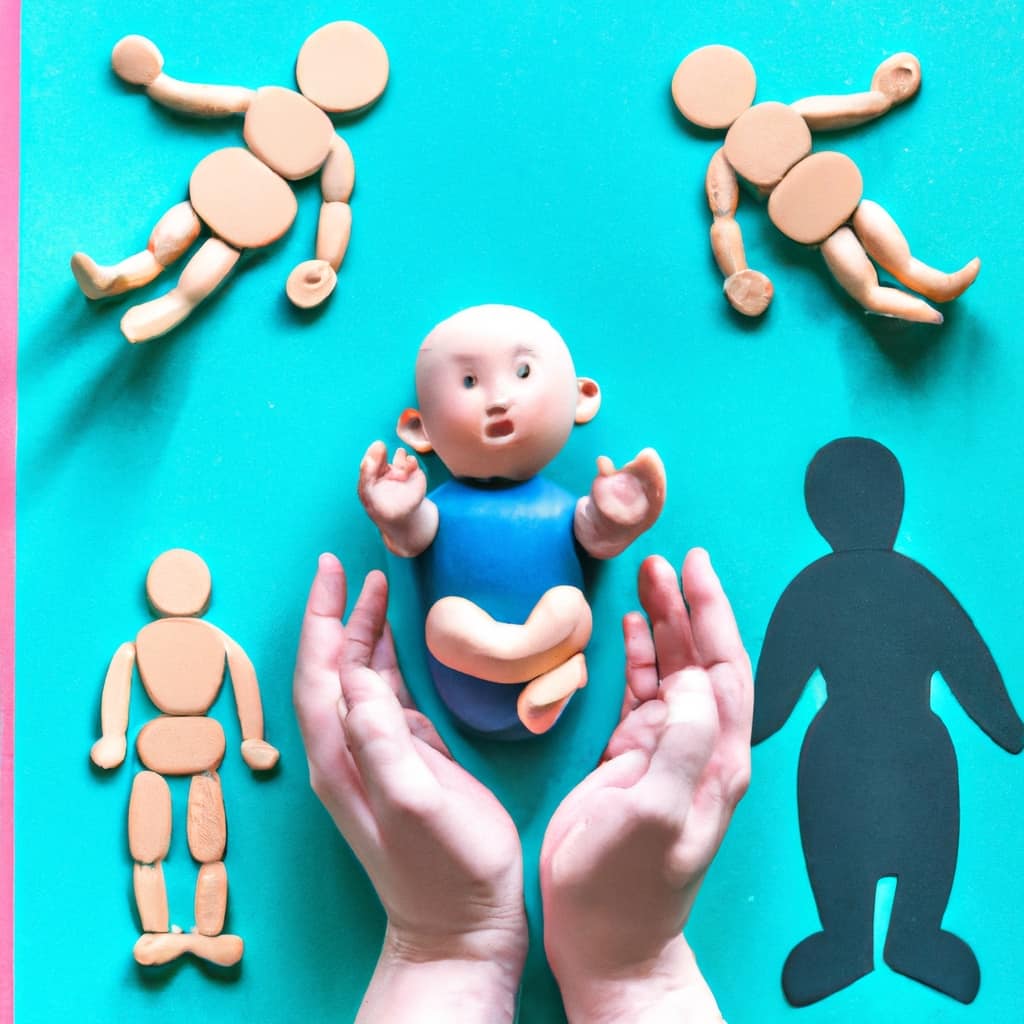
Key Takeaways
- Wood is a durable and long-lasting material, making it a safe and non-toxic option for children’s toys.
- Organic cotton is a gentle and hypoallergenic material that promotes a healthier environment and supports fair trade practices.
- BPA-free plastic eliminates the risk of exposure to harmful chemicals and provides peace of mind for parents.
- Toys made from wood and organic cotton have a long lifespan and can be passed down to future generations, making them a sustainable and eco-friendly choice.
Wood
Wood is one of our favorite materials for children’s toys due to its durability and natural beauty. Wooden puzzles and wooden building blocks are classic toys that provide endless hours of entertainment and educational value for children.
Wooden puzzles aren’t only fun to play with, but they also help develop problem-solving and fine motor skills. They come in various shapes and sizes, catering to different age groups.
Wooden building blocks, on the other hand, encourage creativity and imagination. Children can build structures, towers, and even create their own mini worlds using these blocks.
Wood is a safe and non-toxic material, making it ideal for children’s toys. Its sturdy nature ensures that these toys can withstand rough play and last for years, making them a great investment for both parents and caregivers.
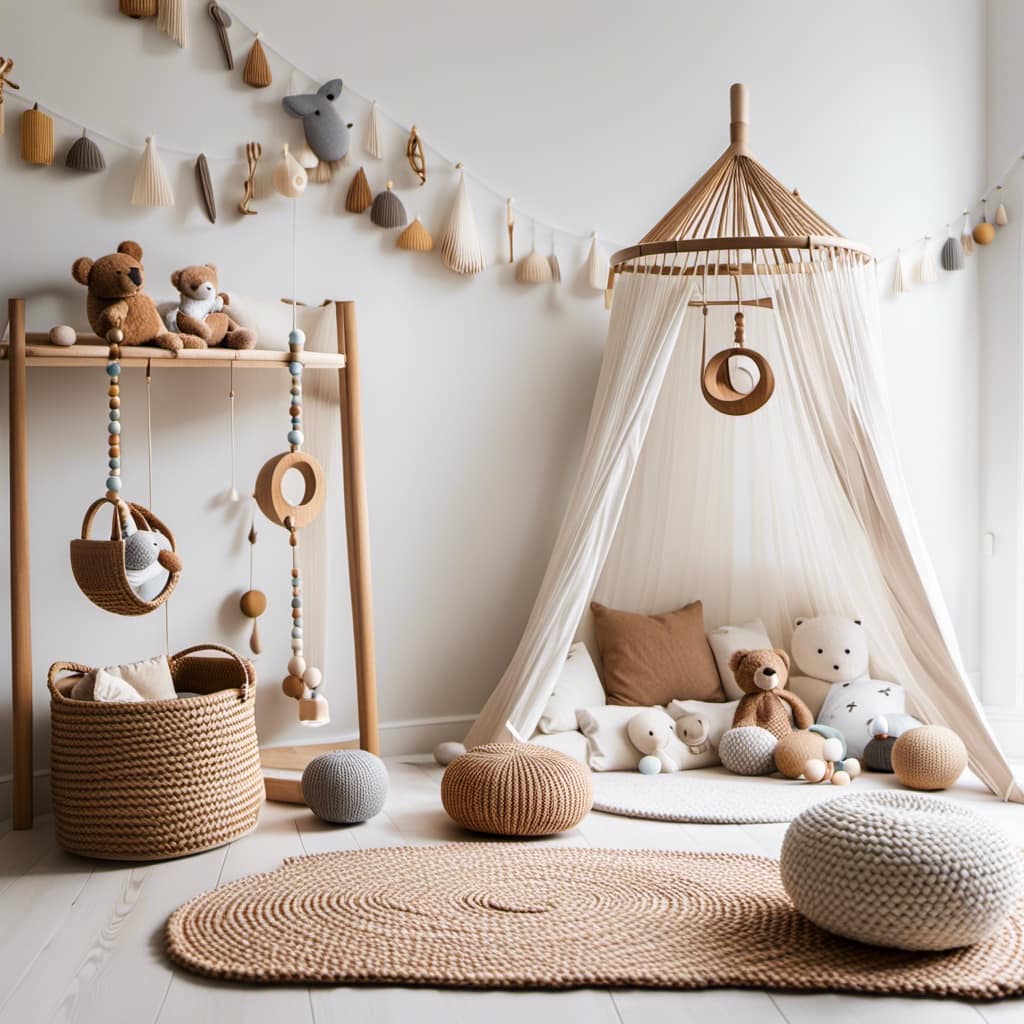
Organic Cotton
Moving on from wood, another excellent safe and non-toxic material for children’s toys is organic cotton. Organic cotton toys offer several benefits for both children and the environment. Here are some key points to consider:
- Chemical-free: Organic cotton is grown without the use of harmful pesticides or synthetic fertilizers, making it a safer option for children to play with.
- Hypoallergenic: Organic cotton is gentle on sensitive skin, making it suitable for children with allergies or sensitivities.
- Sustainable: Organic cotton farming practices promote soil health and biodiversity, reducing the overall impact on the environment.
The impact of organic cotton farming on the environment is significant. By avoiding the use of harmful chemicals, it helps preserve soil quality, reduces water pollution, and protects wildlife. Additionally, organic cotton production supports fair trade practices and ensures a safer working environment for farmers.
Choosing organic cotton toys not only promotes child safety but also contributes to a healthier planet for future generations.
BPA-Free Plastic
One option to consider for safe and non-toxic children’s toys is BPA-free plastic. BPA, or bisphenol A, is a chemical commonly found in plastic products that has been linked to various health risks, especially in children. BPA can leach out of plastic toys and enter the body when children put them in their mouths or handle them extensively.
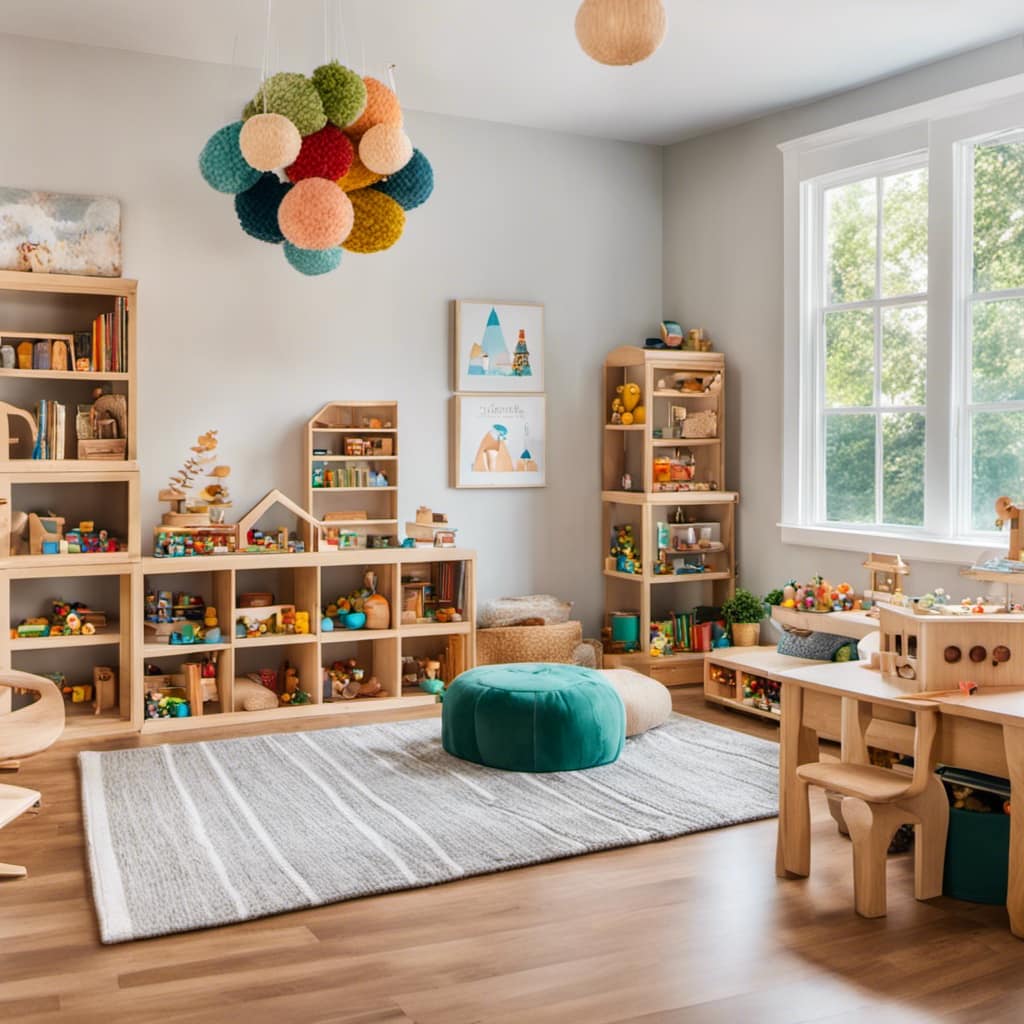
To address these concerns, manufacturers have started producing toys made from BPA-free plastic, which eliminates the risk of exposure to this harmful chemical. These eco-friendly alternatives provide parents with peace of mind, knowing that their children can play with toys that are safe and non-toxic.
When choosing children’s toys, it’s important to prioritize their health and well-being by opting for BPA-free plastic options.
Frequently Asked Questions
Are There Any Specific Safety Standards or Certifications That Parents Should Look for When Purchasing Wooden Toys for Their Children?
When purchasing wooden toys for our children, it’s important to look for safety standards and certifications. Reading labels helps ensure non-toxic materials. Be cautious of toxic finishes or paints that pose potential risks.
Is Organic Cotton Used as a Stuffing Material in Plush Toys Completely Free of Chemicals and Pesticides?
Organic cotton toys: Are they truly chemical free and safe? We’ve got the scoop. Choosing organic cotton for your little ones means you’re opting for a safer, non-toxic playtime experience.

Can Bpa-Free Plastic Toys Still Contain Other Potentially Harmful Chemicals?
Yes, BPA-free plastic toys may still contain other potentially harmful chemicals. To minimize concerns about chemical exposure, consider alternative materials for children’s toys, such as wooden or organic cotton options, which are eco-friendly.
How Can Parents Ensure That the Wooden Toys They Purchase Are Not Treated With Toxic Finishes or Paints?
Parents play a vital role in promoting safe play for their children. Understanding the importance of non-toxic toys is crucial. To ensure wooden toys are safe, research brands that prioritize natural, non-toxic finishes and paints.
Are There Any Potential Health Risks Associated With the Use of Organic Cotton Toys, Such as Allergies or Sensitivities?
There may be potential health risks associated with organic cotton toys, such as allergies or sensitivities. It’s important for parents to be aware and consider any potential reactions when choosing toys for their children.
Conclusion
In conclusion, when it comes to choosing safe and non-toxic materials for children’s toys, nothing beats the timeless charm of wood. Its durability and natural beauty make it a perfect choice for little ones.

Additionally, organic cotton provides a soft and chemical-free option for cuddly toys.
And let’s not forget about BPA-free plastic, which offers a safe and sturdy alternative for certain toys.
With these top three materials, you can ensure that your child’s toys are both fun and safe.
Mila, a gifted writer with a heart brimming with enthusiasm for child development and playful learning, is the creative force behind the enchanting narratives and insightful articles that grace Toddler Ride On Toys. With a background in early childhood education and a genuine passion for nurturing young minds, Mila weaves words that captivate, educate, and inspire parents, caregivers, and educators.
Montessori Toys
Top 5 Quality Producers of Learning Toys

We have searched the market to bring you the top educational toy manufacturers. These five companies excel in creating toys that are educational and engaging for children.
Melissa & Doug, PlanToys, Hape, Grimm’s, and Learning Resources have all earned their spots on our prestigious list. Get ready to discover the finest quality toys that will inspire learning and imagination in your little ones.
Let’s dive into the world of these outstanding producers and explore their exceptional creations.
Key Takeaways
- Melissa & Doug, PlanToys, Hape, Grimm’s, and Learning Resources are the top producers of learning toys.
- These brands prioritize sustainability, using organic materials, non-toxic dyes, and child-safe finishes.
- The learning toys offered by these brands stimulate cognitive, physical, and social skills, as well as creativity and problem-solving abilities.
- Incorporating learning resources in early childhood education enhances problem-solving skills, critical thinking abilities, effective communication, creativity, and independent exploration.
Melissa & Doug
The article discusses the quality of learning toys produced by Melissa & Doug. Melissa & Doug is a renowned brand that offers a wide range of learning toys for early childhood development. These toys provide numerous benefits for children’s learning and development.
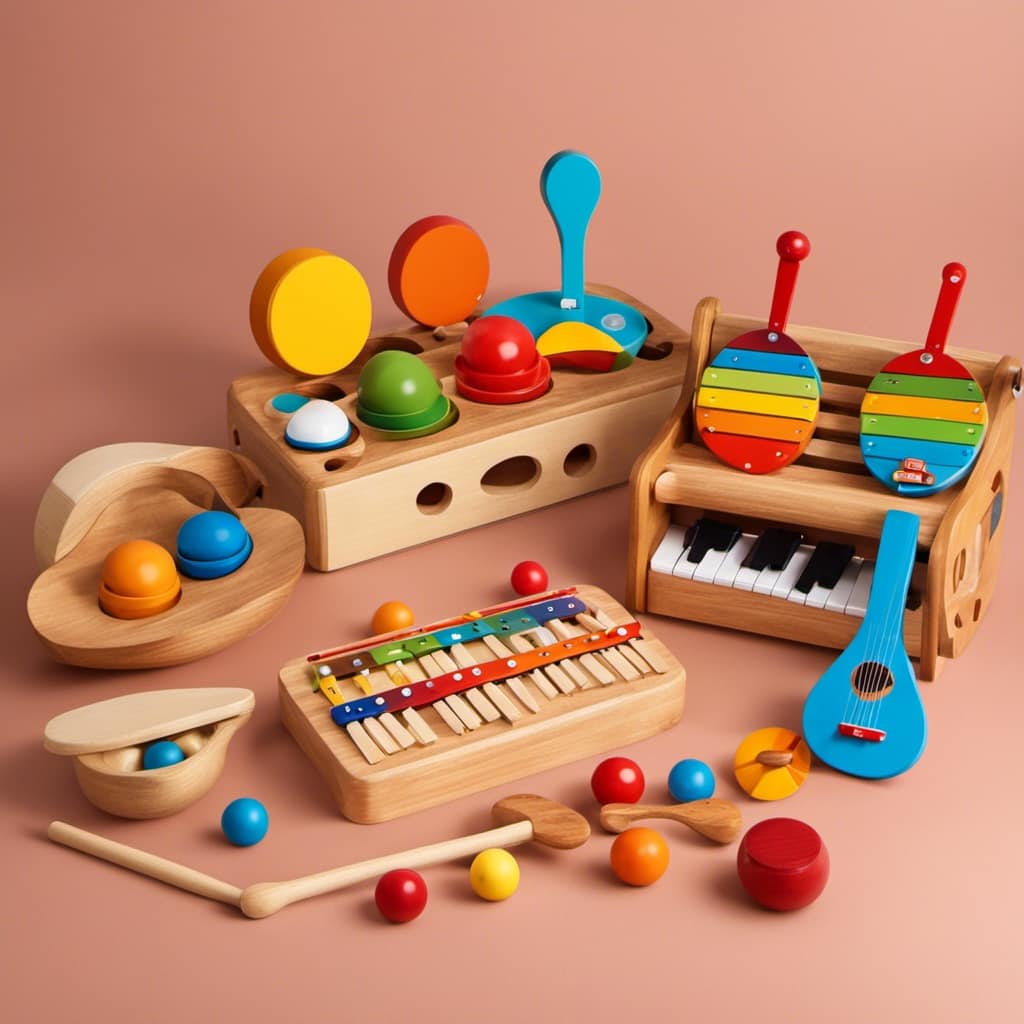
One of the key advantages of Melissa & Doug learning toys is their ability to promote imaginative play. Through imaginative play, children can explore their creativity, problem-solving skills, and social interactions. These toys encourage children to use their imagination, which is crucial for their cognitive and emotional growth.
Melissa & Doug toys are designed to engage children in hands-on activities, allowing them to learn through exploration and play. Transitioning into the subsequent section about plantoys, it’s important to consider the different approaches and features offered by various toy producers.
PlanToys
Introducing PlanToys, a leading producer of learning toys that prioritize sustainability and child development. PlanToys is known for their eco-friendly toys and sustainable play options, making them a top choice for environmentally conscious parents.
PlanToys takes pride in their commitment to using organic materials and non-toxic dyes in their products. They also prioritize sustainable manufacturing practices, ensuring that their toys are made in an environmentally friendly manner.
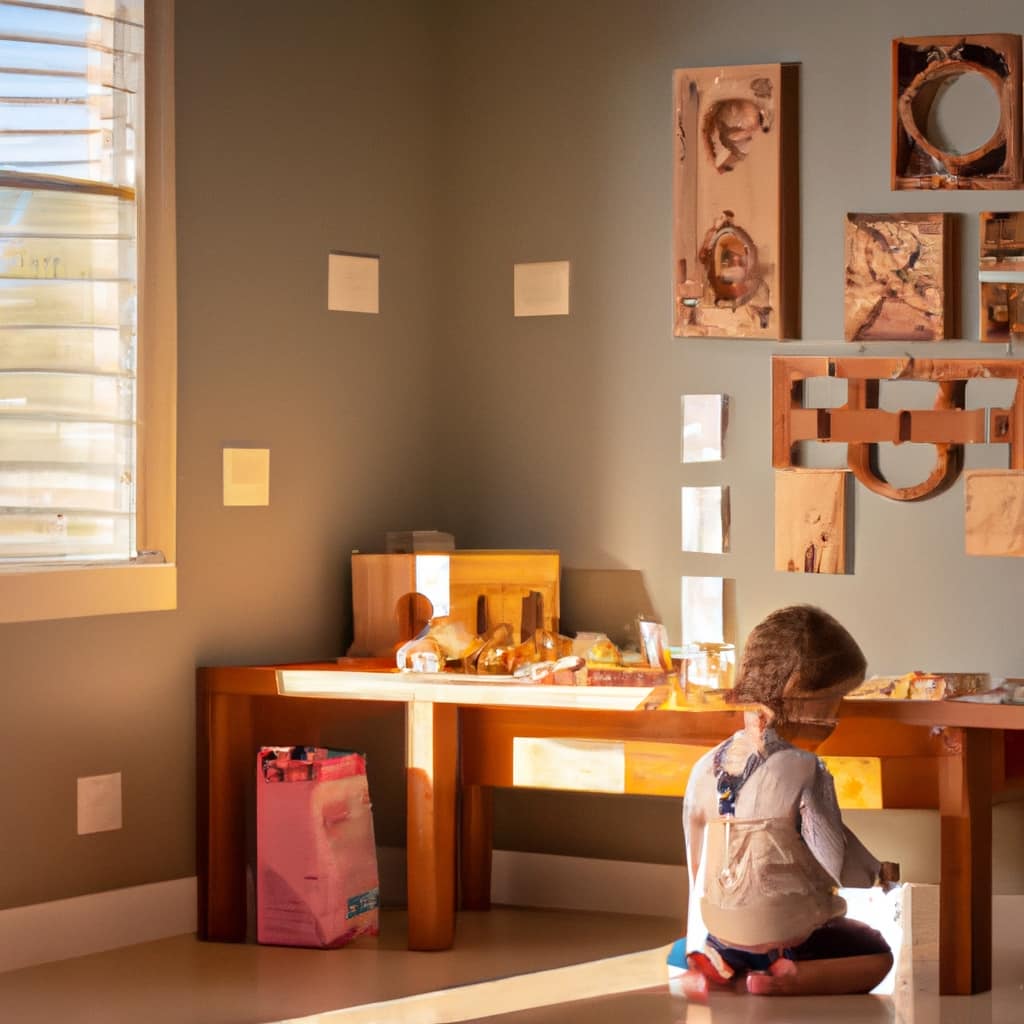
One of the key features of PlanToys is their focus on child development. Their toys are designed to stimulate different aspects of a child’s growth, including cognitive, physical, and social skills. From building blocks to puzzles, PlanToys offers a wide range of options that encourage creativity, problem-solving, and imagination.
With their dedication to sustainability and child development, PlanToys is a brand that not only provides high-quality learning toys, but also contributes to a better future for our planet.
Hape
Continuing our exploration of top quality producers of learning toys, let’s now turn our attention to Hape, a brand that shares a similar commitment to sustainability and child development.
Hape is known for their innovative learning toys that engage children in interactive play while promoting their cognitive, physical, and social development.
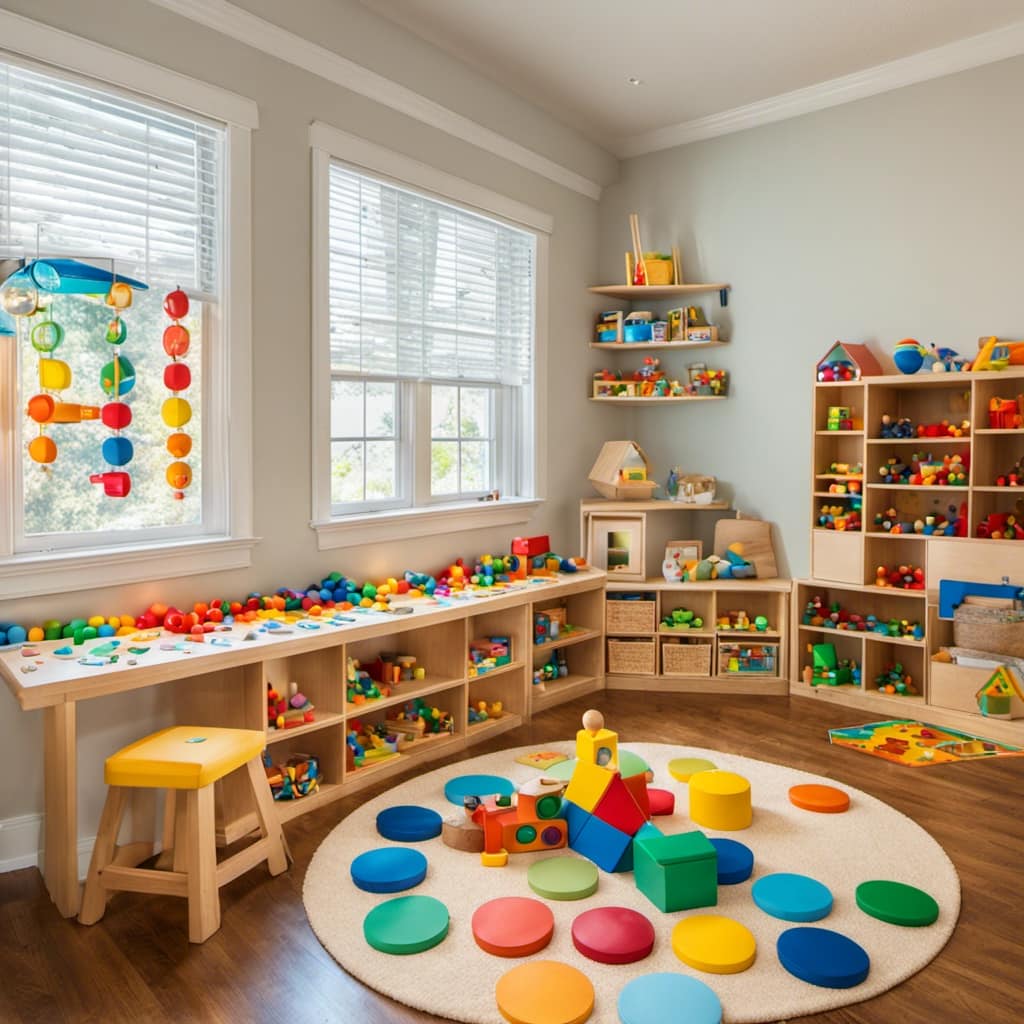
Hape offers a wide range of toys that cater to various age groups and developmental stages. From wooden puzzles and building blocks to musical instruments and pretend play sets, Hape toys provide endless opportunities for children to explore, learn, and grow.
What sets Hape apart is their dedication to using sustainable materials and non-toxic, child-safe finishes. Their toys are designed to withstand years of play, ensuring durability and longevity. Additionally, Hape toys encourage creativity, problem-solving skills, and imaginative play, fostering a well-rounded development in children.
With Hape’s innovative learning toys, children can have fun while acquiring essential skills and knowledge. By investing in Hape toys, parents can provide their children with the tools they need to thrive and succeed.
Grimm’s
Now let’s delve into Grimm’s, another quality producer of learning toys that complements Hape’s commitment to sustainability and child development.
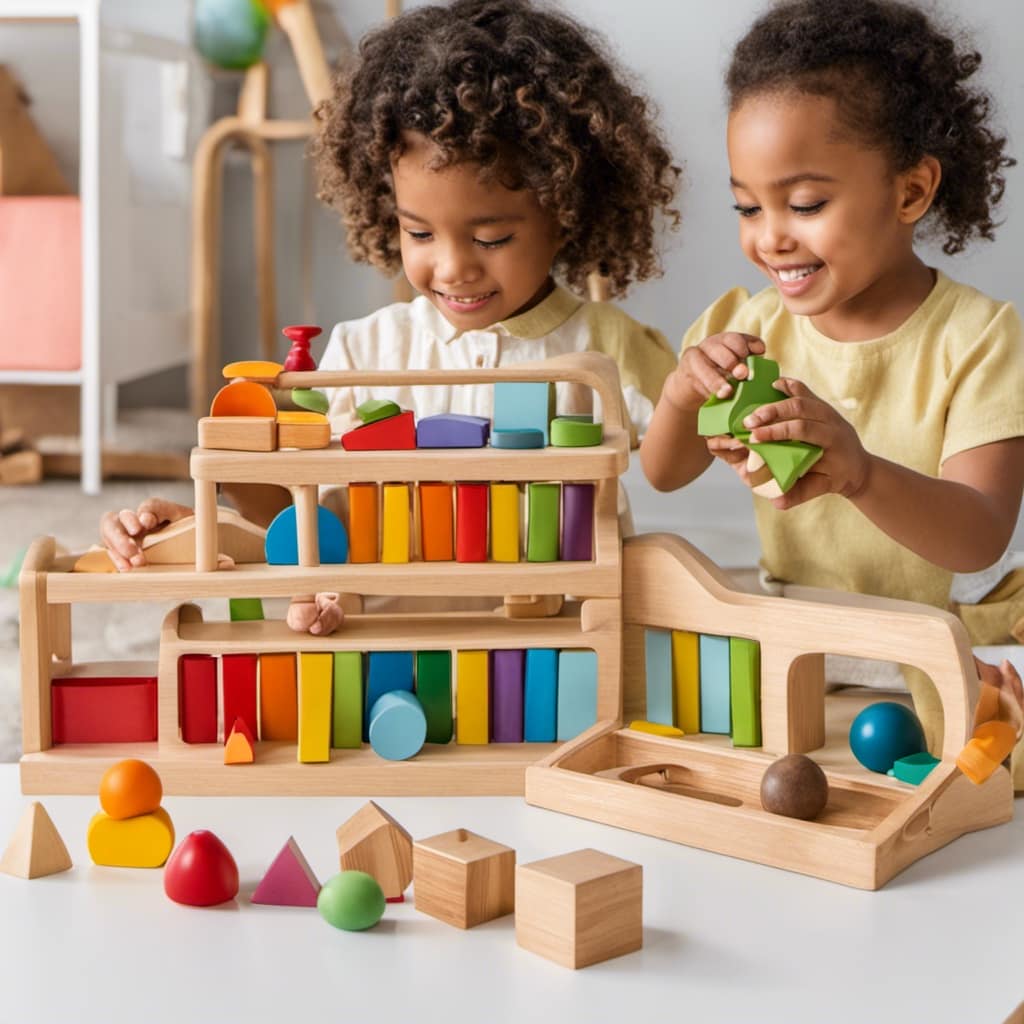
Grimm’s is renowned for their unique wooden toys that promote imaginative play and open-ended learning. Here are some key benefits of Grimm’s toys:
-
Encourages Creativity: Grimm’s toys are designed to inspire children’s creativity and imagination. With their vibrant colors and versatile shapes, children can explore endless possibilities and create their own stories and scenarios.
-
Enhances Problem-Solving Skills: The open-ended nature of Grimm’s toys encourages children to think critically and find solutions to different challenges. Whether it’s building structures or creating intricate patterns, children develop problem-solving skills while having fun.
-
Promotes Fine Motor Skills: Manipulating and arranging the various wooden pieces in Grimm’s toys helps children refine their fine motor skills. From stacking blocks to arranging puzzles, these toys provide hands-on experiences that strengthen hand-eye coordination and dexterity.

-
Sustainable and Eco-Friendly: Grimm’s is committed to sustainability and uses high-quality, natural materials such as wood and non-toxic paints. Their toys are ethically produced, ensuring a safe and eco-friendly playtime experience for children.
Grimm’s toys offer a world of possibilities for children, fostering their development while providing endless hours of engaging play.
Learning Resources
Learning Resources provides a wide range of educational toys and materials designed to enhance children’s learning experiences. Incorporating learning resources in early childhood education offers numerous benefits. These resources help children develop essential skills such as problem-solving, critical thinking, communication, and creativity. They also promote cognitive development, improve fine motor skills, and enhance hand-eye coordination. By engaging with learning toys, children are encouraged to explore, experiment, and discover new concepts independently.
Choosing the right learning toys for your child’s development is crucial. Consider their age, interests, and developmental stage. Look for toys that are age-appropriate and align with their learning goals. Consider toys that encourage imaginative play, promote sensory exploration, and offer hands-on learning experiences. Look for toys that are durable, safe, and made from high-quality materials.
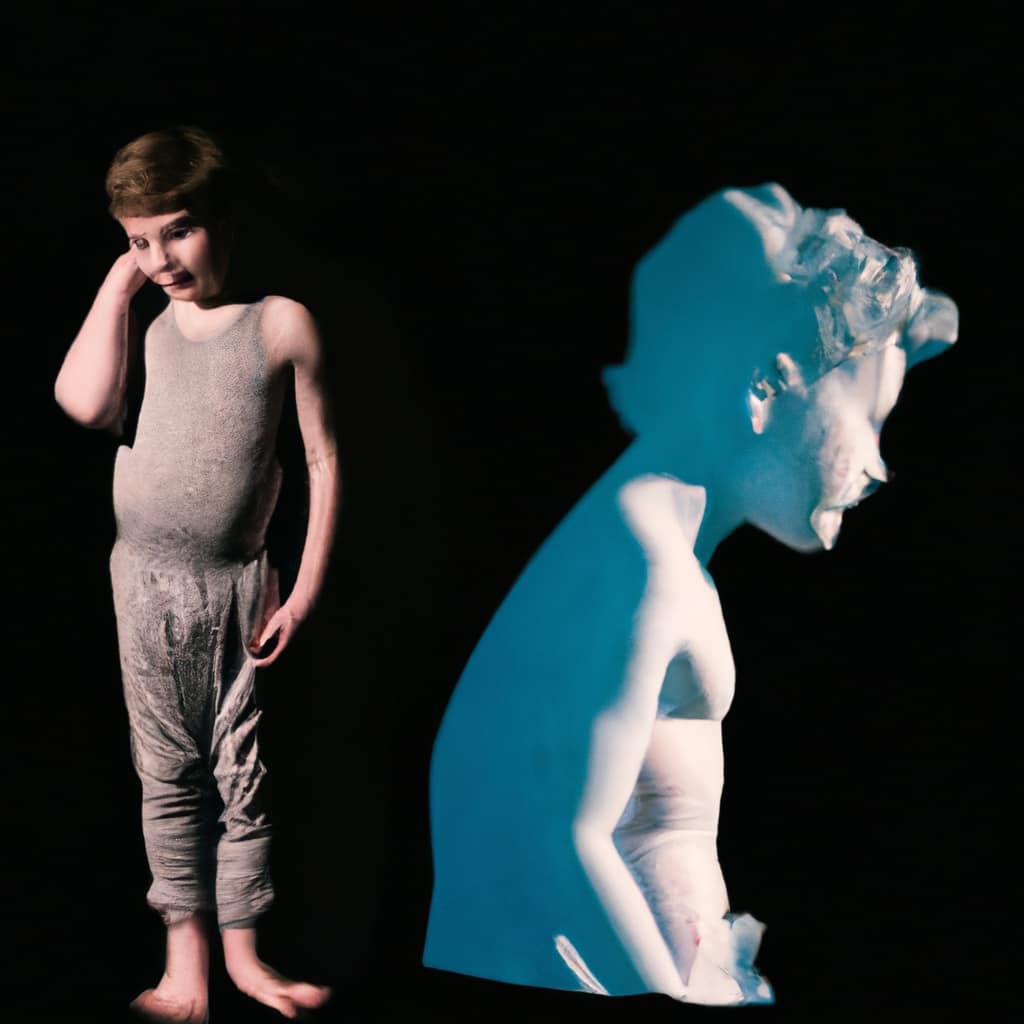
Additionally, involve your child in the decision-making process to foster their independence and encourage their engagement with the learning resources.
Frequently Asked Questions
What Are the Specific Age Ranges That Melissa & Doug’s Learning Toys Cater To?
Melissa & Doug’s learning toys cater to specific age ranges, offering advantages for each group. The toys are designed to promote cognitive development, fine motor skills, and creative thinking in toddlers, preschoolers, and elementary school children.
Are Plantoys’ Learning Toys Made From Sustainable Materials?
Yes, PlanToys’ learning toys are made from sustainable materials. Using eco-friendly materials in children’s toys not only benefits the environment but also teaches kids about sustainability and responsible consumption.
Does Hape Offer Any Educational Resources or Guides to Accompany Their Learning Toys?
Incorporating educational resources with learning toys has several benefits. Parents can utilize educational guides to enhance their child’s learning experience with Hape toys by providing additional information, activities, and guidance for interactive and educational play.
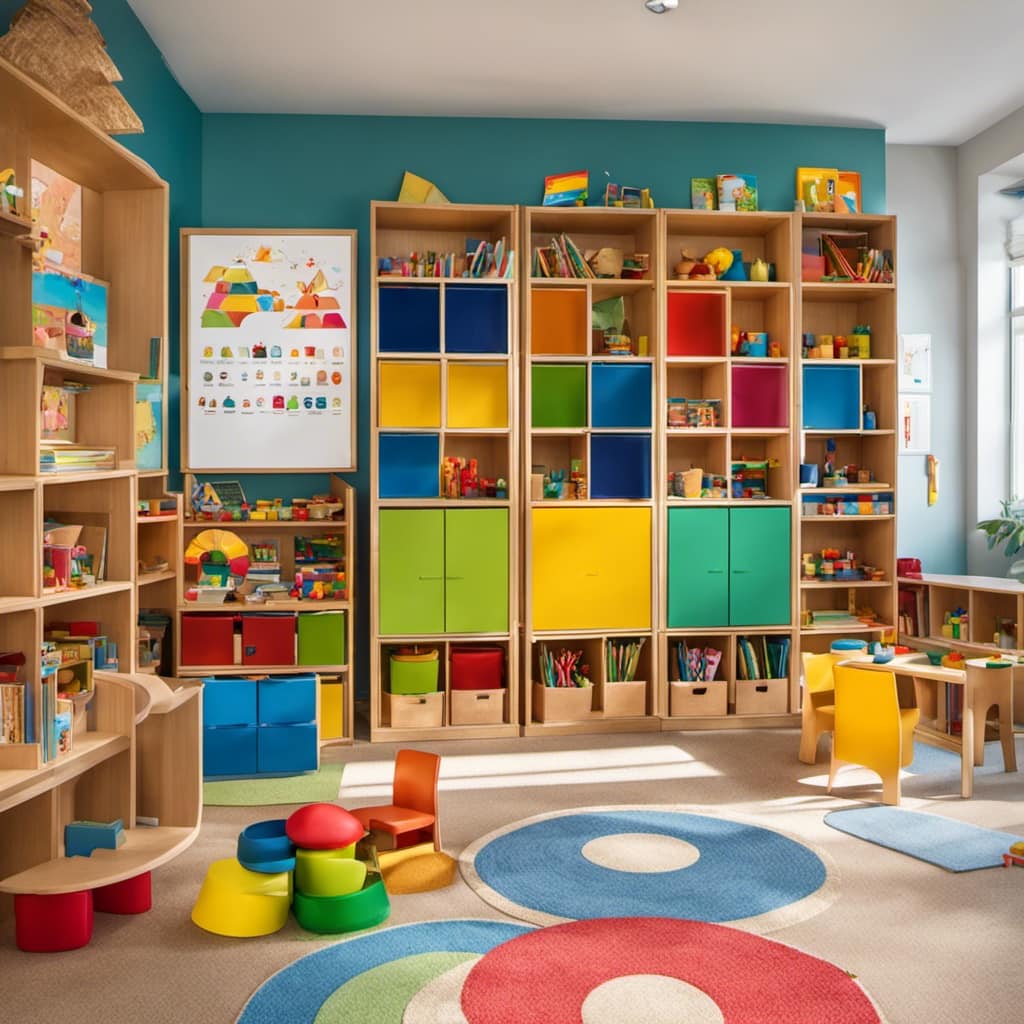
Are Grimm’s Learning Toys Suitable for Children With Special Needs?
Grimm’s learning toys for children with sensory needs can be adapted to suit different abilities. We can explore ways to modify the toys to provide a stimulating and inclusive learning experience for all children.
Can Learning Resources’ Learning Toys Be Used for Homeschooling Purposes?
Using learning toys for homeschooling has both pros and cons. They can enhance educational development by promoting active learning, but may also limit social interaction. Consider the impact on your child’s overall learning experience.
Conclusion
In conclusion, when it comes to quality producers of learning toys, Melissa & Doug, PlanToys, Hape, Grimm’s, and Learning Resources stand out for their commitment to creating educational and engaging products.
These brands offer a wide range of toys that promote cognitive development, creativity, and problem-solving skills in children. With their attention to detail, use of sustainable materials, and innovative designs, these companies have earned their reputation as leaders in the industry.
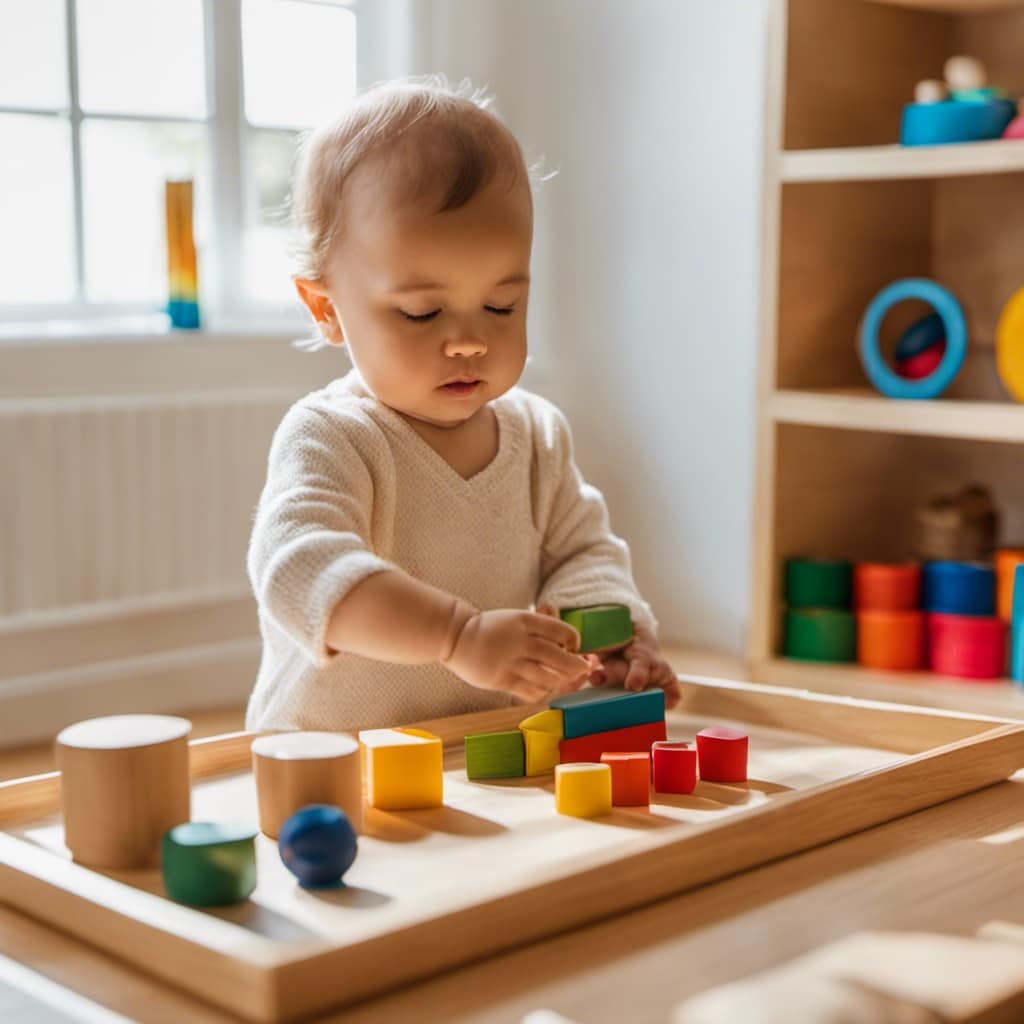
By investing in toys from these producers, parents can ensure that their children receive the best tools for learning and growth.
Mila, a gifted writer with a heart brimming with enthusiasm for child development and playful learning, is the creative force behind the enchanting narratives and insightful articles that grace Toddler Ride On Toys. With a background in early childhood education and a genuine passion for nurturing young minds, Mila weaves words that captivate, educate, and inspire parents, caregivers, and educators.
Montessori Toys
5 Best Economical Options for Kids’ Montessori Toys
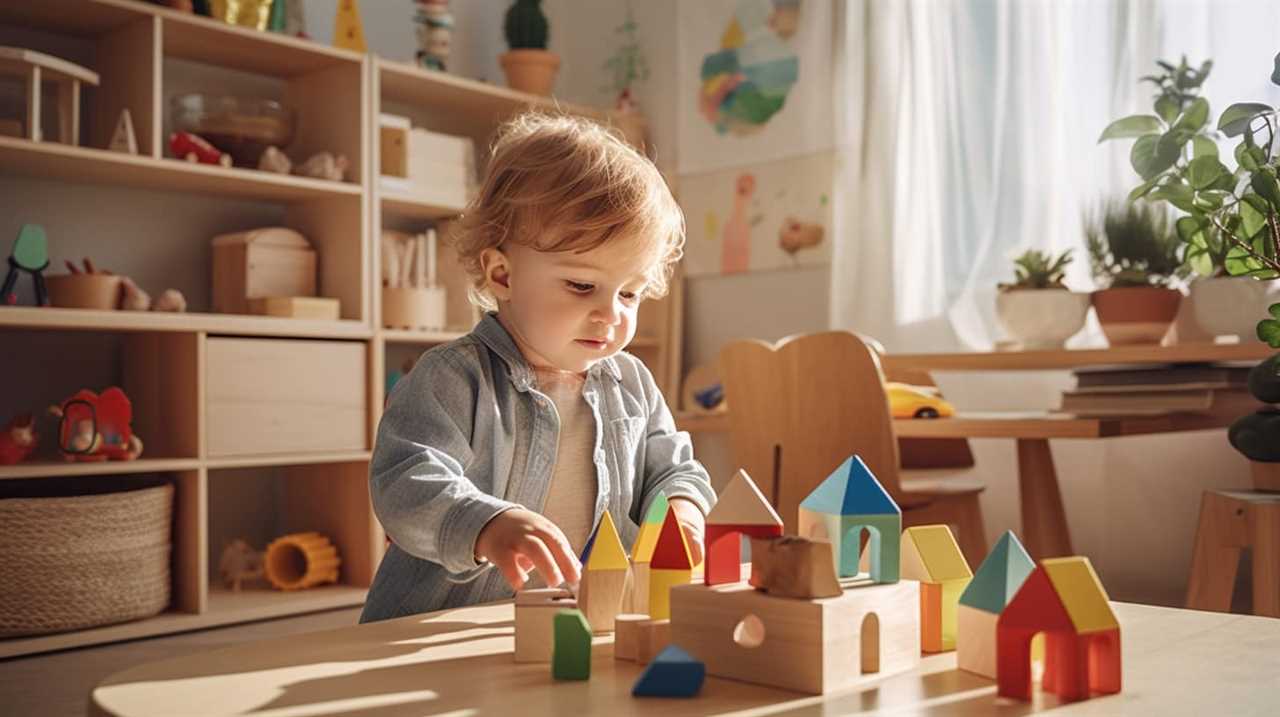
Finding affordable Montessori toys for kids can be a challenge. But fret not! We have put together a list of the top budget-friendly options just for you.
With our expert knowledge and research, we’ve found the top brands that won’t break the bank. Get ready to provide quality educational toys for your little ones without draining your wallet.
Let’s dive in and explore the five best economical options for kids’ Montessori toys.
Key Takeaways
- Materials used in construction, complexity of design, brand reputation, and quality and durability of materials are factors that affect Montessori toy costs.
- Lovevery, Hape, Melissa & Doug, and PlanToys are top affordable Montessori toy brands known for their quality and child-friendly designs.
- To find budget-friendly Montessori toys, consider open-ended toys, DIY options, budget-friendly subscription services, sales and discounts, and second-hand options from online marketplaces and thrift stores.
- Cost-effective DIY Montessori toy ideas include repurposing household items, finding items at thrift stores, DIY projects, and using nature-inspired toys and everyday household objects.
Factors Affecting Montessori Toy Costs
Factors that impact Montessori toy costs include materials, complexity, and brand reputation.
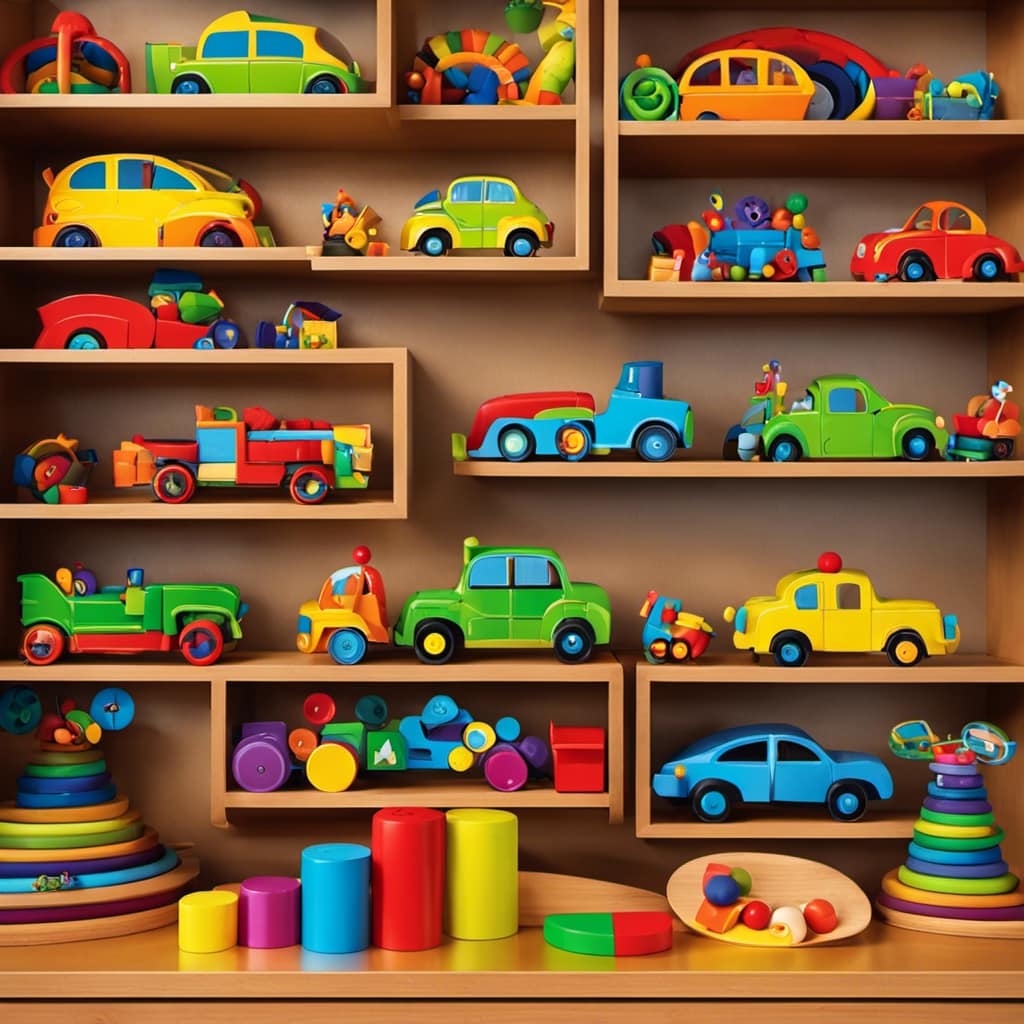
The quality of materials used in the construction of Montessori toys plays a significant role in determining their cost. High-quality materials, such as sustainably sourced wood or natural fabrics, tend to be more expensive, but they also ensure durability and safety for your child. On the other hand, cheaper materials may compromise the toy’s quality and longevity.
Brand reputation also influences Montessori toy prices. Well-established brands with a proven track record of producing high-quality educational toys are likely to charge more for their products. This is because they’ve invested in research and development, ensuring that their toys meet the educational standards of the Montessori method. However, there are also smaller, independent brands that offer affordable options without compromising on quality.
Understanding the impact of material quality and brand reputation on Montessori toy costs can help you make informed decisions when selecting toys for your child. By considering these factors, you can strike a balance between affordability and quality, ensuring that your child receives the best educational experience without breaking the bank.
Top Affordable Montessori Toy Brands
One of our favorite affordable Montessori toy brands is Lovevery. Lovevery offers Montessori inspired toy subscription services that deliver age-appropriate toys right to your doorstep. Their toys are designed to stimulate learning and promote development in children from birth to age four. Lovevery toys are crafted with high-quality materials and are designed to be durable, ensuring they can withstand the active play of young children.
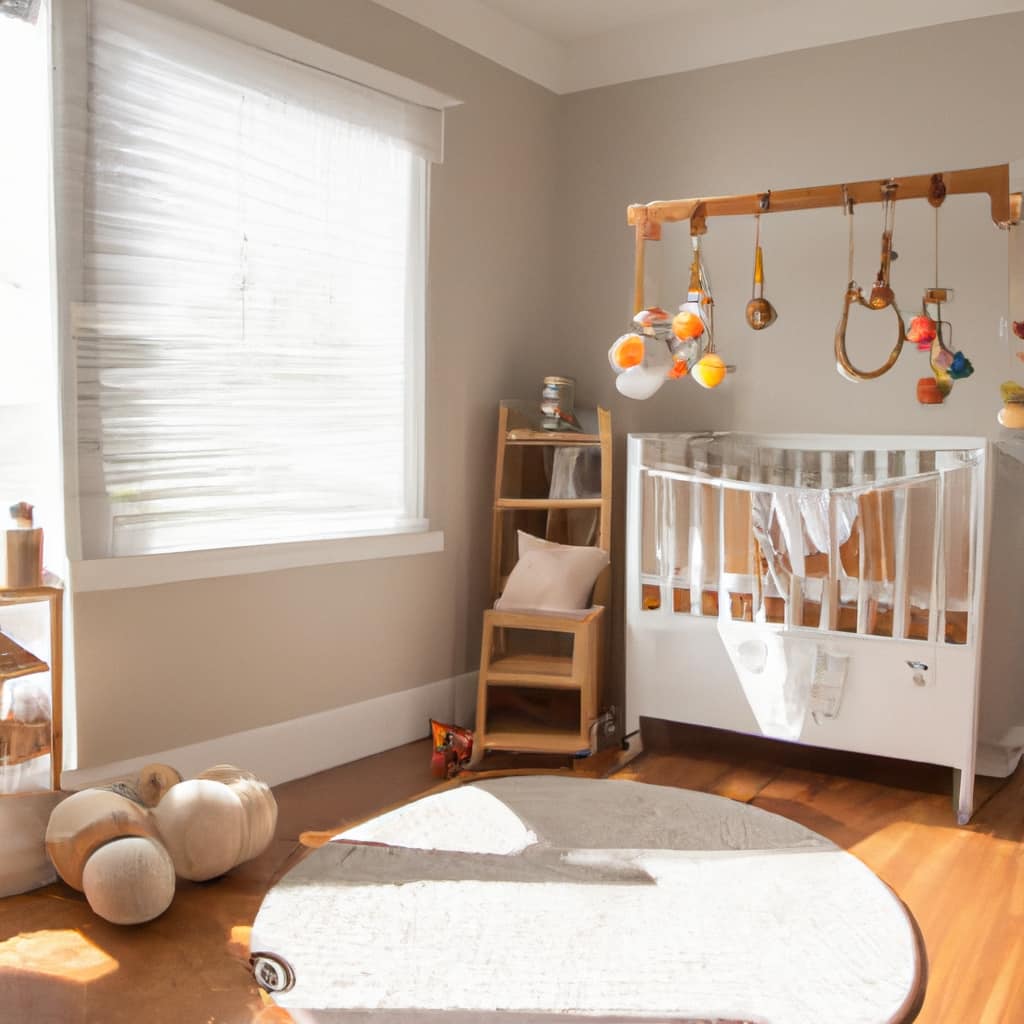
Another great option for affordable Montessori toys is to explore second-hand options. Websites such as eBay, Craigslist, and local buy/sell groups often have listings for gently used Montessori toys at a fraction of the original price. By opting for second-hand Montessori toys, you not only save money but also contribute to a sustainable and eco-friendly approach to toy shopping.
Budget-Friendly Montessori Toy Recommendations
After exploring affordable Montessori toy brands such as Lovevery and considering second-hand options, we can now discuss some budget-friendly recommendations for Montessori toys.
When it comes to affordable Montessori toy alternatives, there are a few options to consider. Firstly, you can opt for open-ended toys that can be used in multiple ways, such as wooden blocks or stacking rings. These toys promote creativity and problem-solving skills while being cost-effective.
Another budget-friendly option is to DIY Montessori-inspired toys using materials you already have at home. Repurposing everyday objects like empty containers or fabric scraps can make for engaging and educational toys.
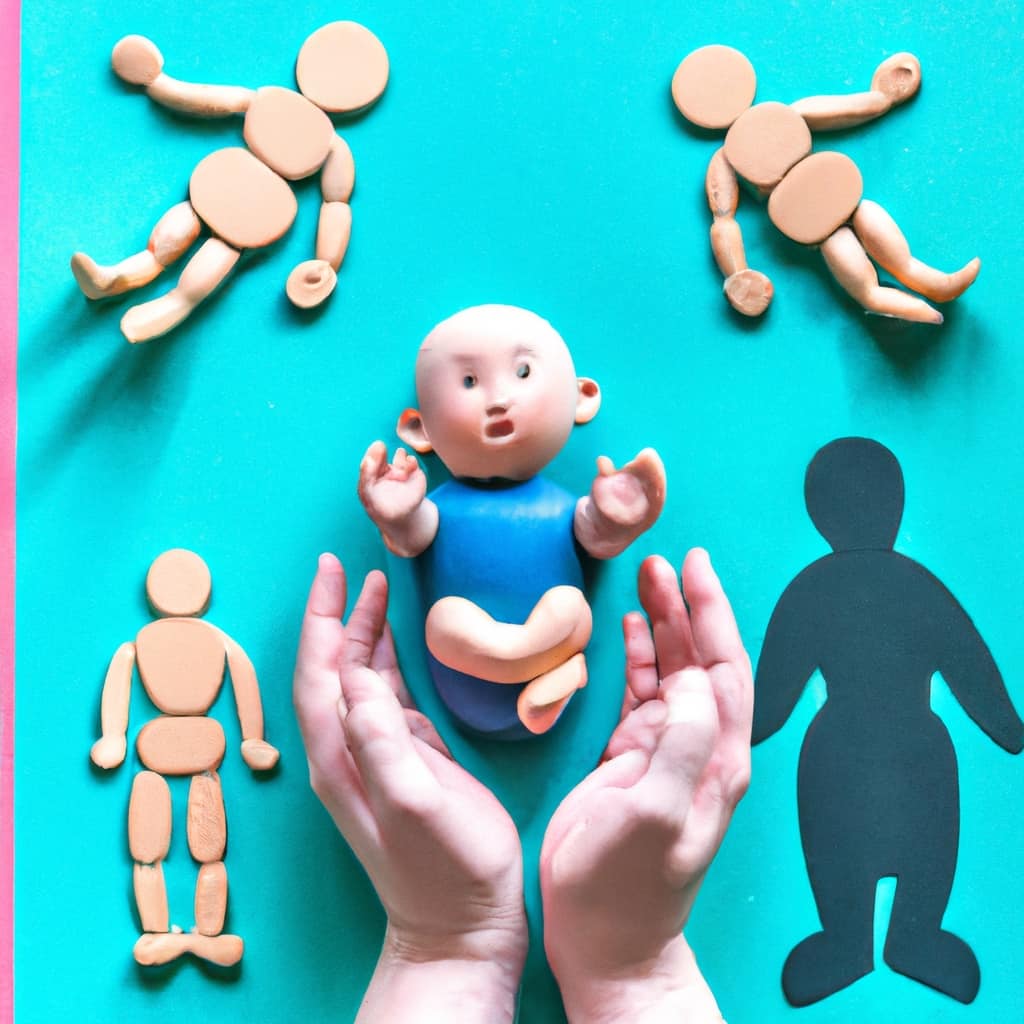
Additionally, some companies offer budget-friendly Montessori toy subscription services, which provide a variety of age-appropriate toys each month at a lower cost than purchasing individual toys. These subscription services allow your child to experience a range of Montessori-inspired activities without breaking the bank.
Tips for Finding Affordable Montessori Toys
To maximize our budget and find affordable Montessori toys, we can utilize effective strategies for sourcing cost-effective options. Here are three tips for finding affordable Montessori toys:
-
Secondhand Montessori toys: Consider purchasing gently used Montessori toys from online marketplaces, local thrift stores, or through local parent groups. Many families sell or donate their gently used toys, allowing you to save money while still providing your child with quality Montessori materials.
-
Sales and discounts on Montessori toys: Keep an eye out for sales and discounts on Montessori toys from various retailers. Sign up for newsletters or follow social media accounts of Montessori toy brands to stay updated on any promotions or special offers. This way, you can snag some great deals and save money on your purchases.
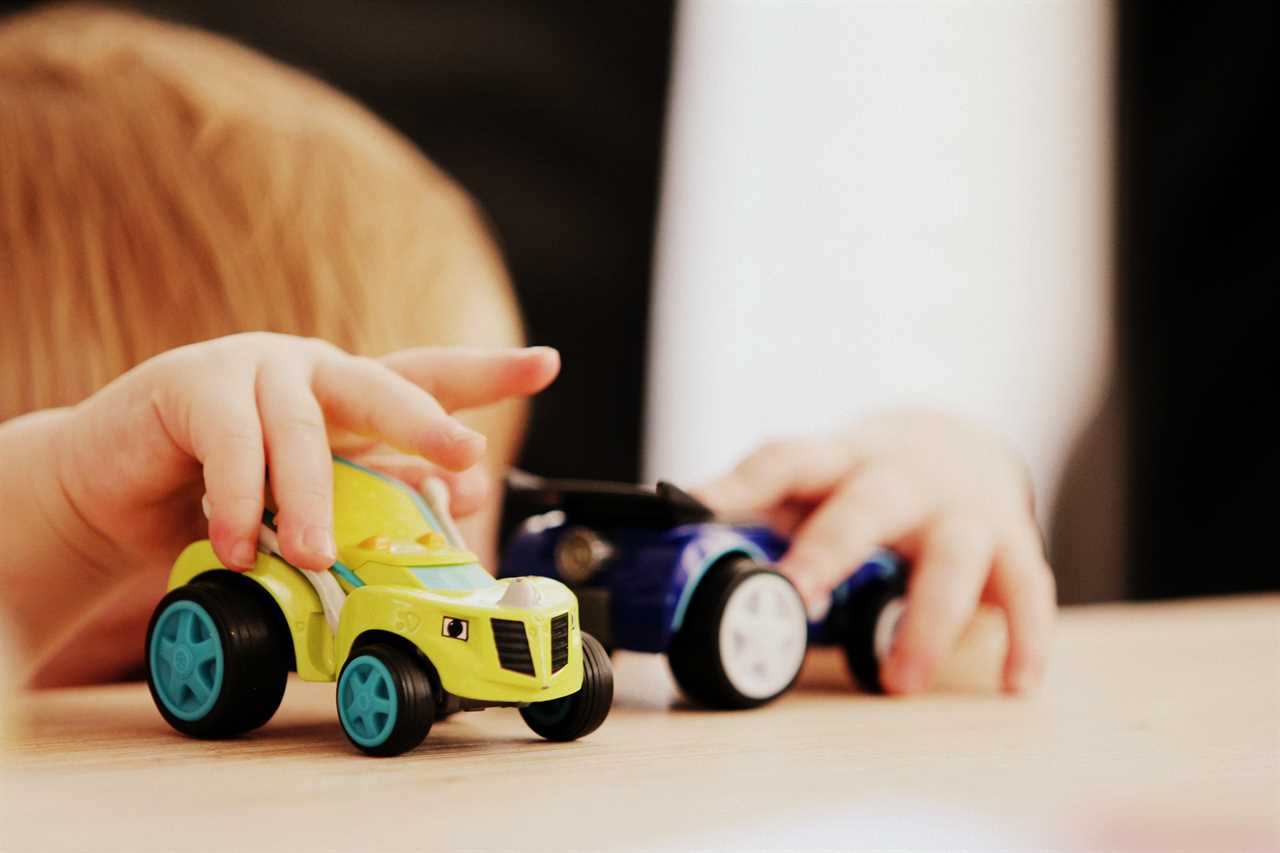
-
DIY Montessori toys: Get creative and make your own Montessori toys using materials you already have at home. There are plenty of DIY Montessori toy ideas available online that are budget-friendly and can be customized to suit your child’s interests and developmental needs.
Cost-Effective DIY Montessori Toy Ideas
Let’s explore some cost-effective DIY Montessori toy ideas that you can easily create at home.
One great option is to upcycle everyday items into Montessori toys. For example, you can turn old cardboard boxes into shape sorters or sensory bins by cutting out different holes and adding various textures.
Another idea is to repurpose empty containers and fill them with different objects, such as dried beans or buttons, for a DIY sound matching game.
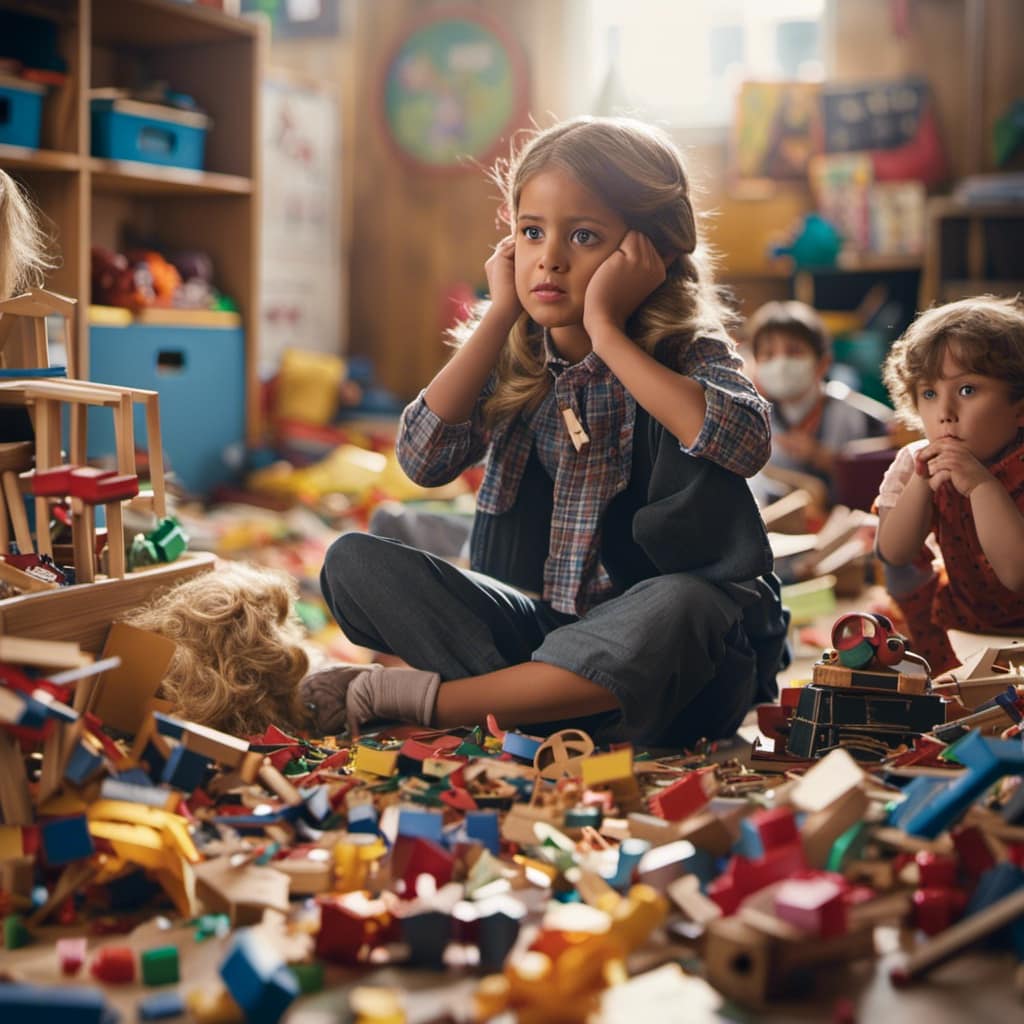
Thrift stores are also a great resource for finding affordable Montessori toys. Look for items like wooden puzzles, stacking toys, or small containers that can be used for sorting activities. With a little creativity and some paint, you can easily transform these thrift store finds into Montessori-inspired toys.
By using upcycled materials and shopping at thrift stores, you can create a variety of Montessori toys without breaking the bank. These DIY projects not only save you money but also promote sustainability and encourage resourcefulness.
Frequently Asked Questions
Are Montessori Toys Only Suitable for Young Children or Can Older Kids Benefit From Them as Well?
Montessori toys are not limited to young children; older kids can also benefit from them. Montessori toys offer unique benefits such as promoting independence and critical thinking, which traditional toys may not provide.
How Long Do Montessori Toys Typically Last Before Needing to Be Replaced?
Montessori toys can last a long time, but their lifespan depends on various factors like quality, materials, and how they are used. It’s important to choose durable toys that can withstand repeated play.
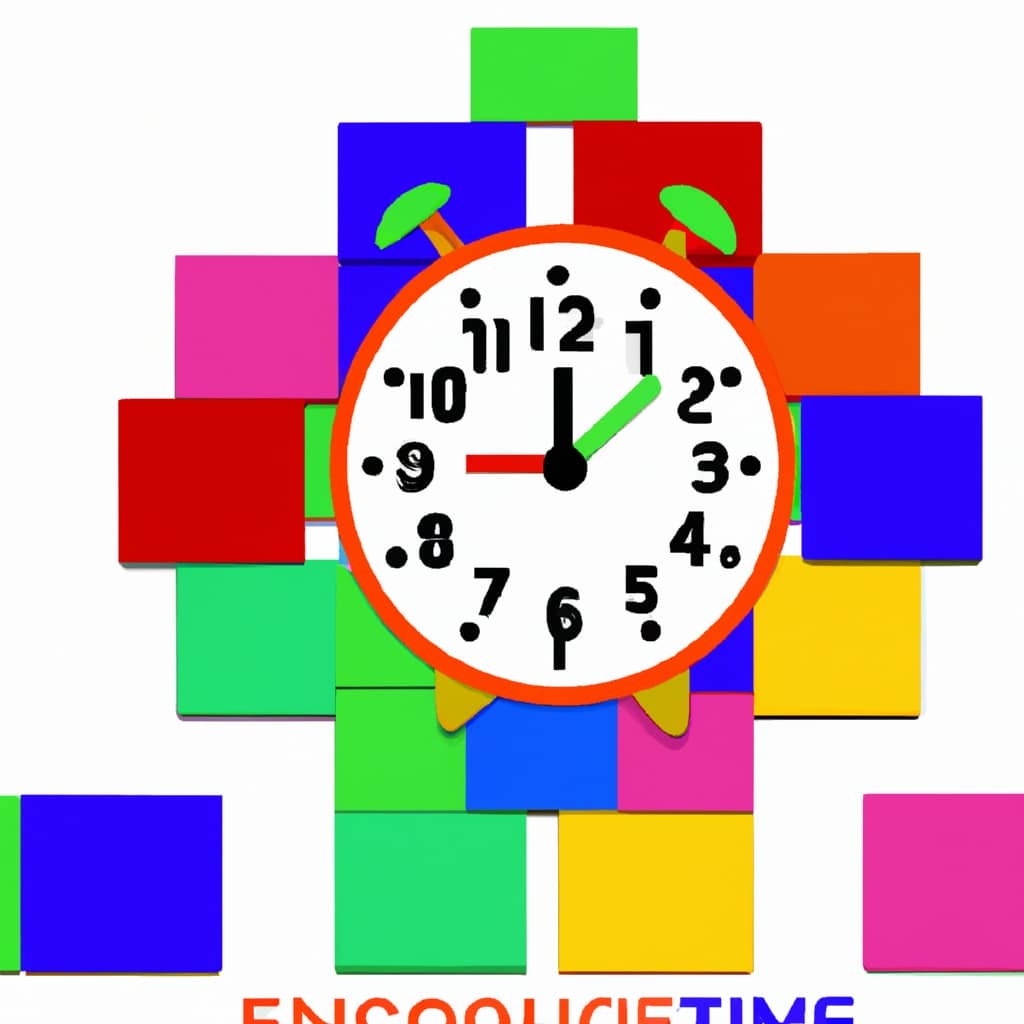
Can Montessori Toys Be Used in a Traditional Classroom Setting or Are They Only for Home Use?
Montessori toys can be used in a traditional classroom setting, not just at home. They offer numerous benefits for older kids, such as fostering independence, promoting problem-solving skills, and encouraging hands-on learning.
Are There Any Safety Concerns to Consider When Using Montessori Toys?
When it comes to Montessori toys, safety concerns are important to consider. However, the benefits for older kids are worth it. Let’s explore how to ensure a safe and enriching play environment.
What Are Some Alternatives to Montessori Toys That Offer Similar Educational Benefits at a Lower Cost?
Looking for budget-friendly alternatives for Montessori toys? Consider DIY Montessori-inspired toys. They offer similar educational benefits at a lower cost. Get creative and engage your little ones in cost-conscious educational play!
Conclusion
In conclusion, finding affordable Montessori toys doesn’t have to be a daunting task. By considering factors that affect costs, exploring budget-friendly brands, and utilizing cost-effective DIY ideas, parents can provide their children with enriching educational toys without breaking the bank.
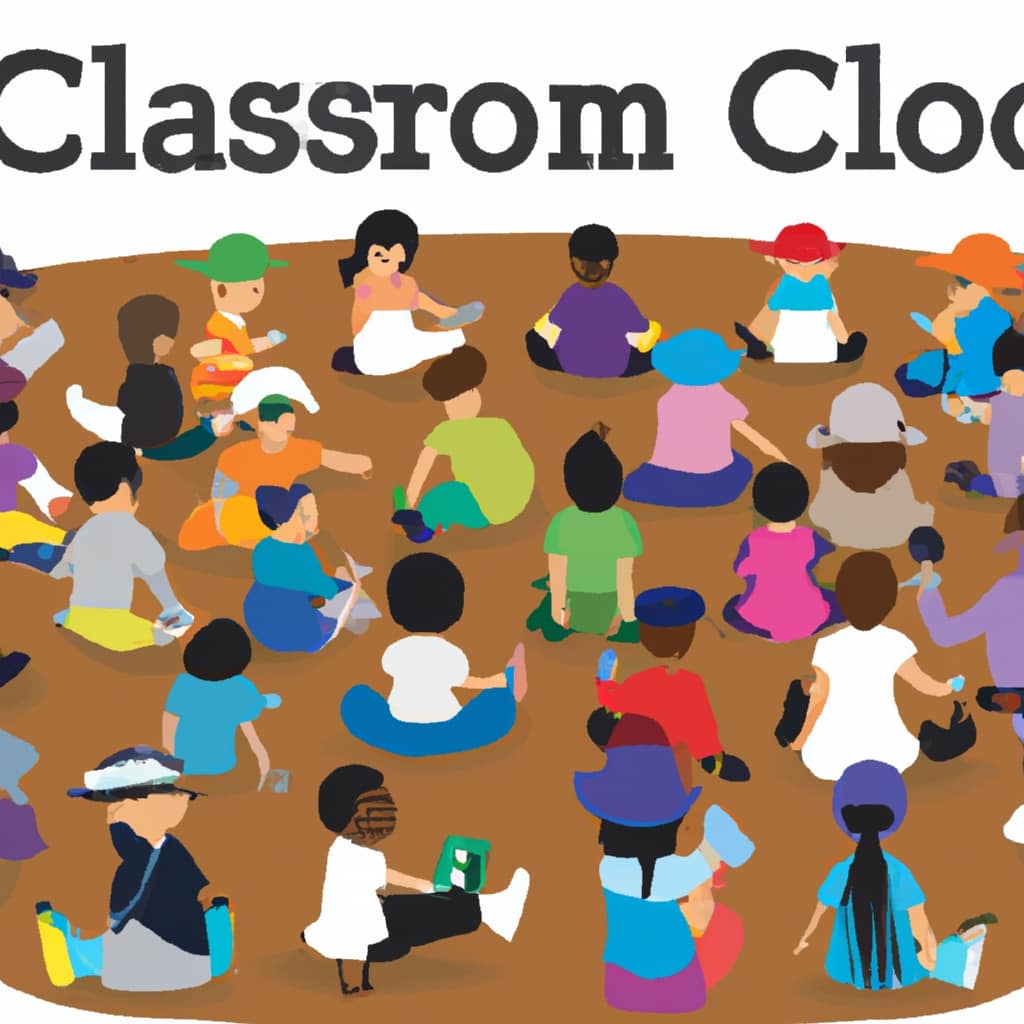
Remember, with a little creativity and resourcefulness, it’s possible to find the perfect Montessori toys that are both economical and engaging. So start your search today and watch your child’s learning journey flourish!
Mila, a gifted writer with a heart brimming with enthusiasm for child development and playful learning, is the creative force behind the enchanting narratives and insightful articles that grace Toddler Ride On Toys. With a background in early childhood education and a genuine passion for nurturing young minds, Mila weaves words that captivate, educate, and inspire parents, caregivers, and educators.
-
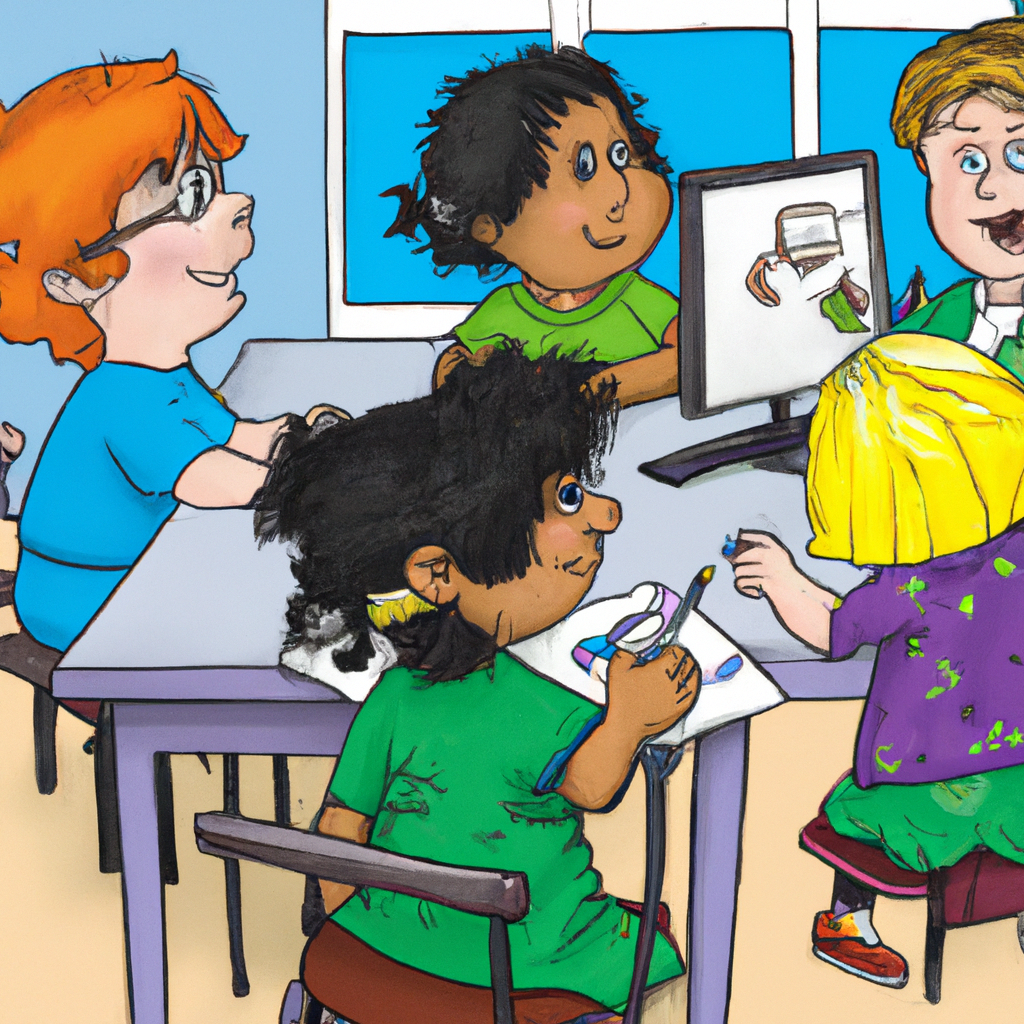
 Child Development3 months ago
Child Development3 months agoWhat Is a Theory in Child Development
-

 Child Development3 months ago
Child Development3 months agoThe Science Behind How Parents Affect Child Development
-
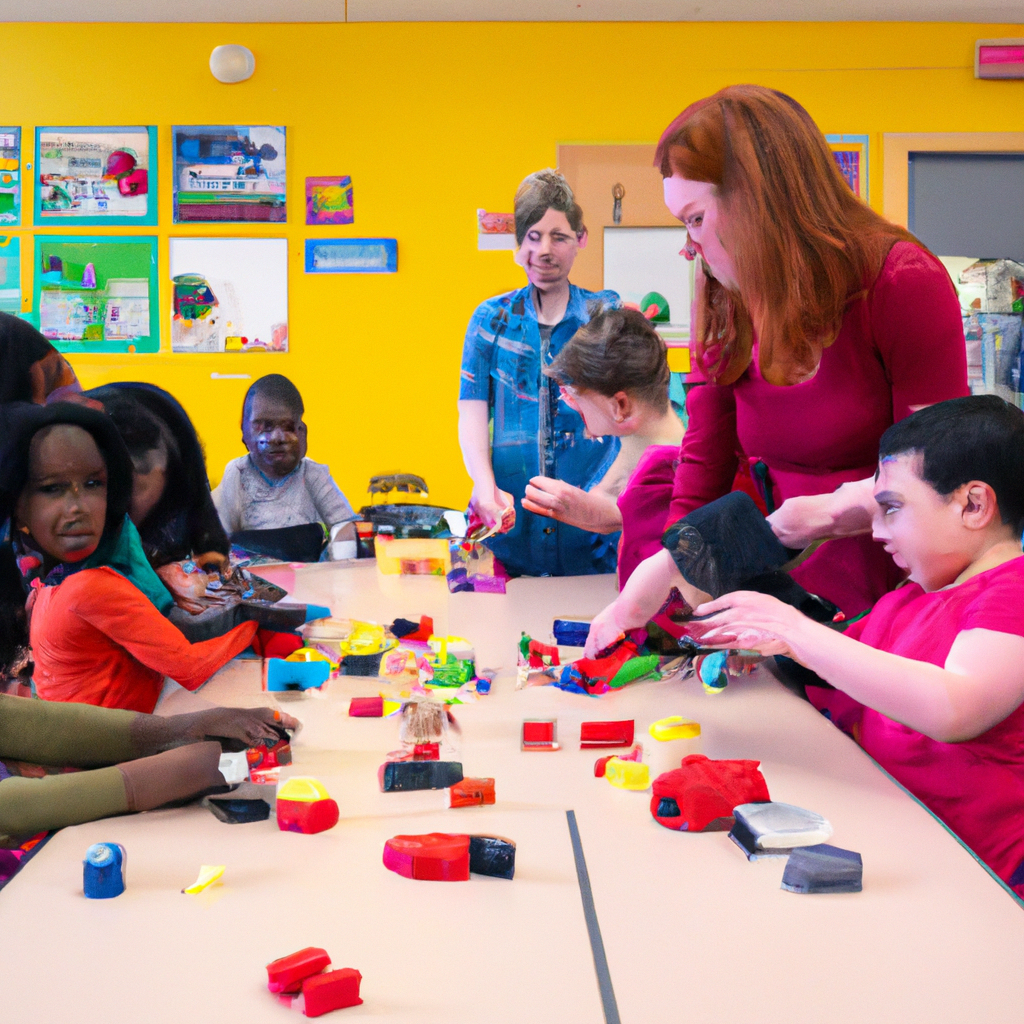
 Child Development3 months ago
Child Development3 months agoWhat Do You Do in Child Development Class in High School
-
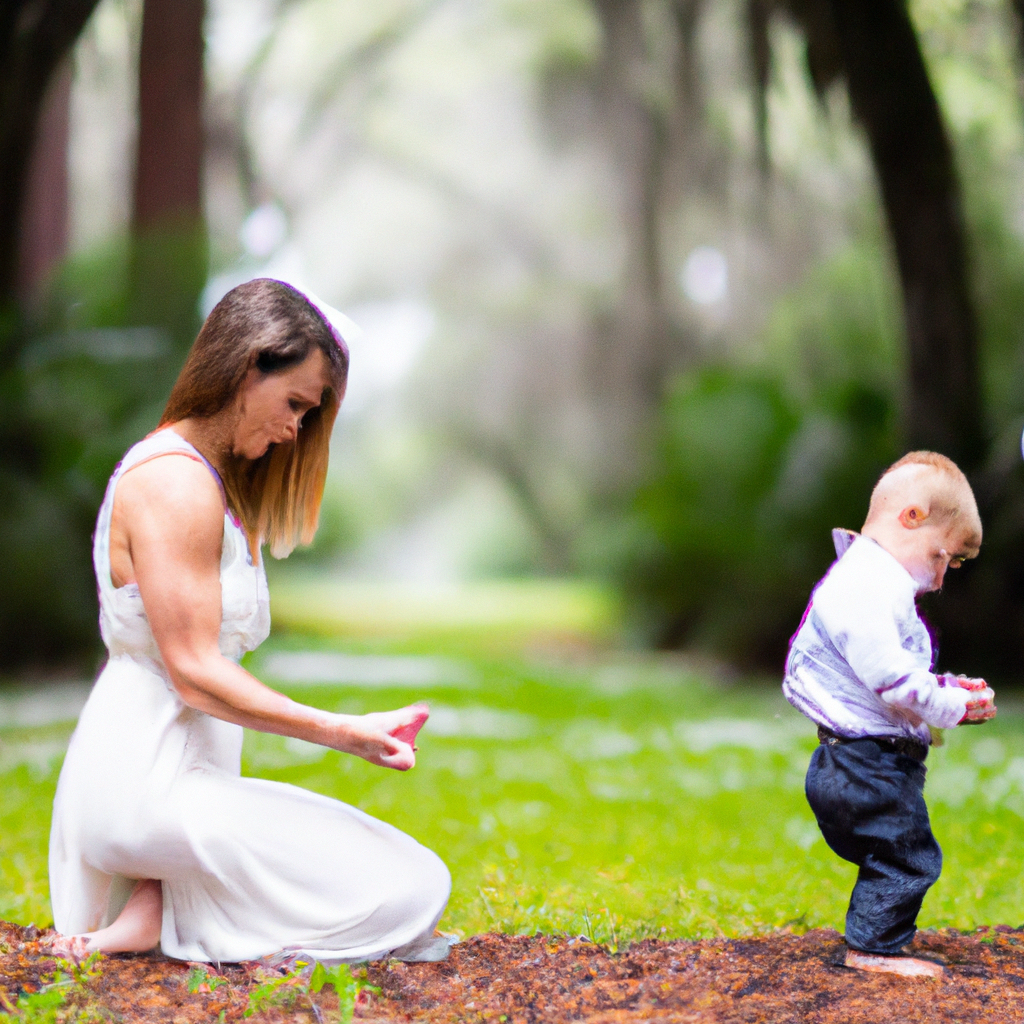
 Child Development3 months ago
Child Development3 months agoHow Parenting Styles Affect Child Development
-
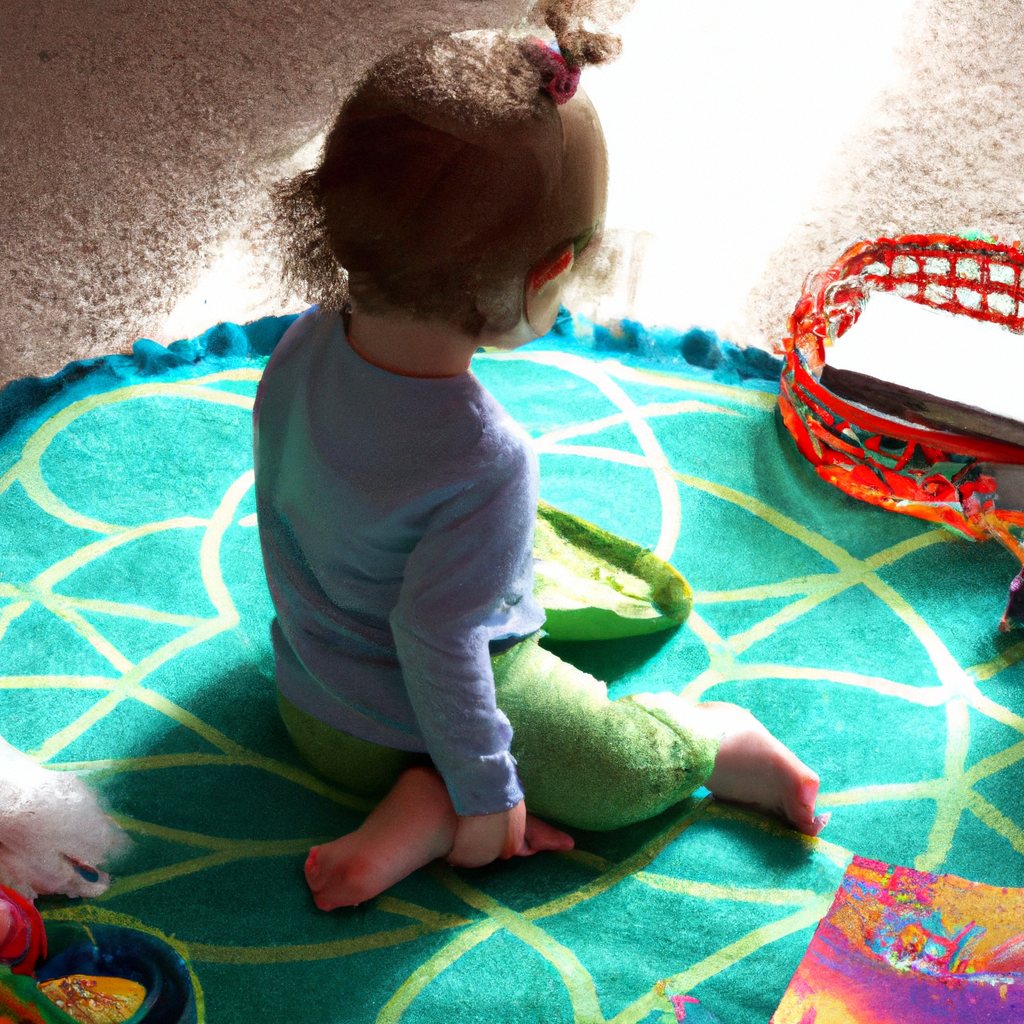
 Child Development3 months ago
Child Development3 months agoWhat Is Child Development?
-
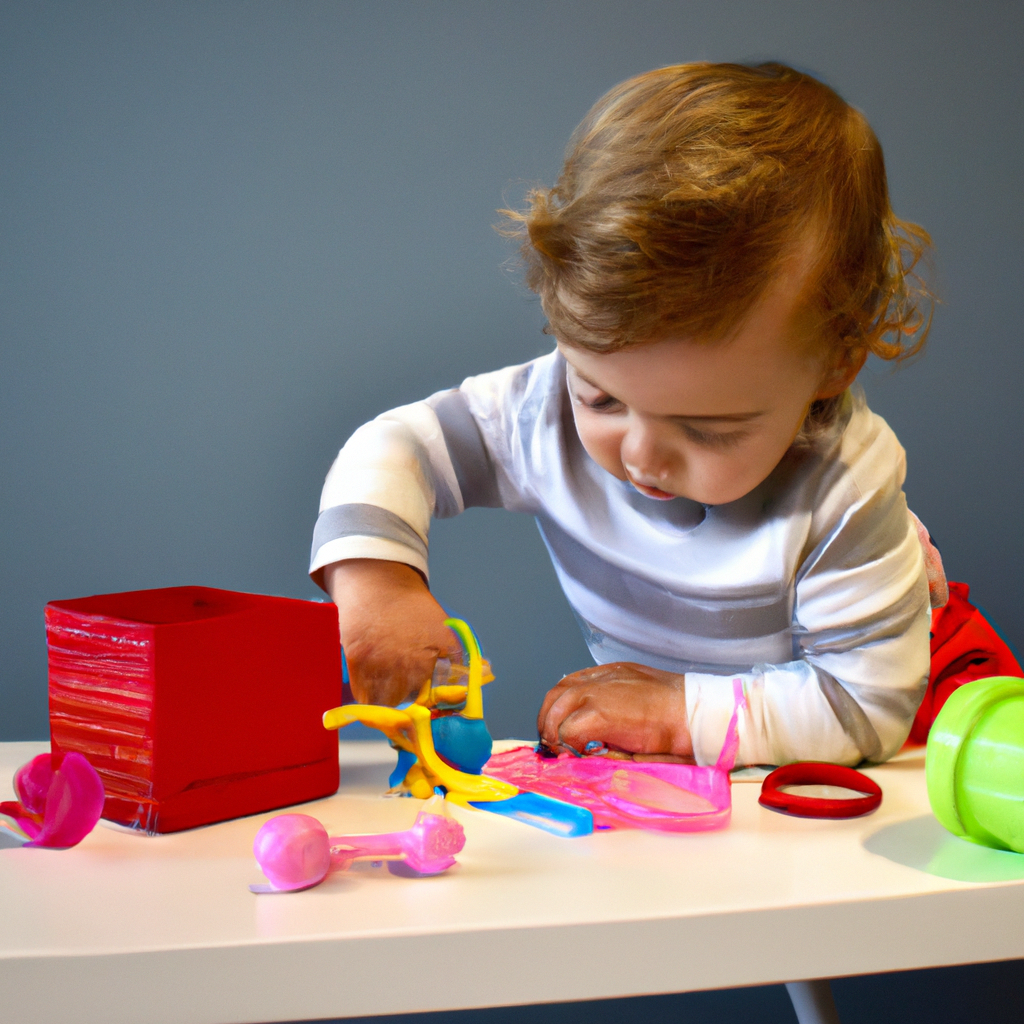
 Child Development3 months ago
Child Development3 months agoHow Does Piaget’s Theory Impact Child Development
-
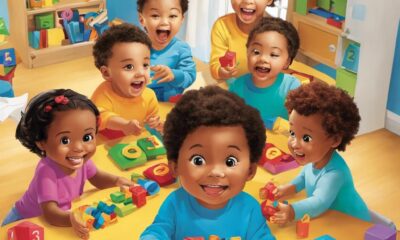
 Preschool Toys6 months ago
Preschool Toys6 months agoTop 8 Interactive Role-Play Toys for Preschoolers Reviewed
-

 Child Development3 months ago
Child Development3 months agoHow Does Food Insecurity Affect Child Development



